Creating beautiful garden spaces involves more than planting flowers and maintaining lawns. Today's garden decor trends focus on sustainable design, multi-functional outdoor living, and personalized themes that reflect individual style while supporting local ecosystems. From container gardens that maximize small spaces to wellness retreats that promote relaxation, modern garden decor embraces both form and function. These design approaches blend practical elements with aesthetic appeal, incorporating natural materials, smart technology, and eco-friendly practices. Whether working with expansive landscapes or compact urban spaces, thoughtful garden decor creates outdoor environments that serve as extensions of indoor living while connecting us to nature's beauty and supporting biodiversity.
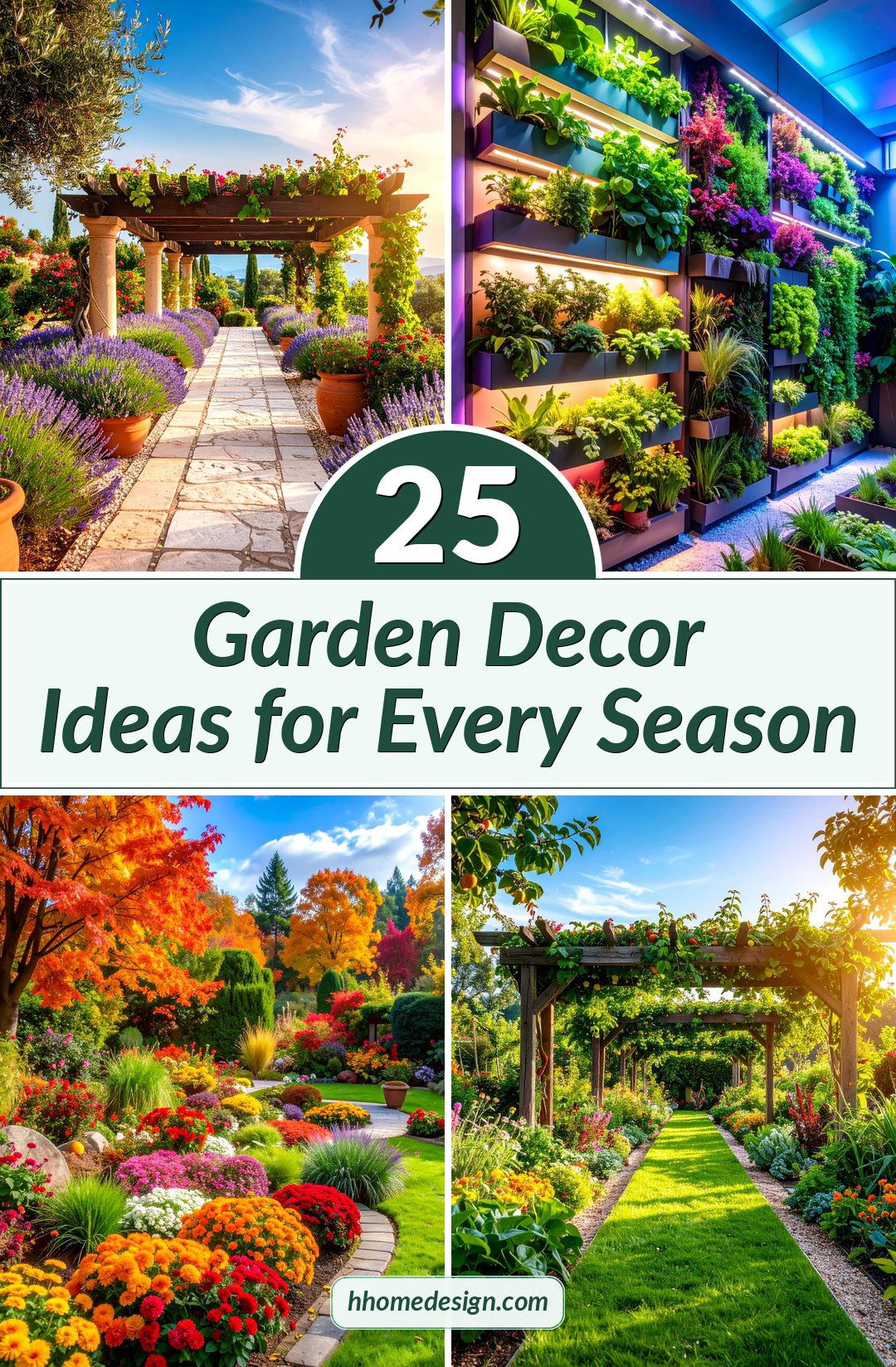
1. Sustainable Container Garden Paradise

Transform any space into an eco-friendly haven using repurposed containers filled with native plants and drought-tolerant varieties. This design theme emphasizes sustainability through upcycled planters like vintage metal buckets, wooden crates, and ceramic vessels arranged in layered groupings. Choose plants that require minimal water and support local wildlife, such as succulents, native grasses, and flowering perennials. Integrate solar-powered lighting within container arrangements to extend evening enjoyment without increasing energy consumption. The key lies in mixing container sizes, textures, and heights while maintaining a cohesive color palette of earthy tones. Add organic mulch and create drainage systems using recycled materials, ensuring plants thrive while minimizing environmental impact through thoughtful resource management.
2. Wellness Garden Retreat Design
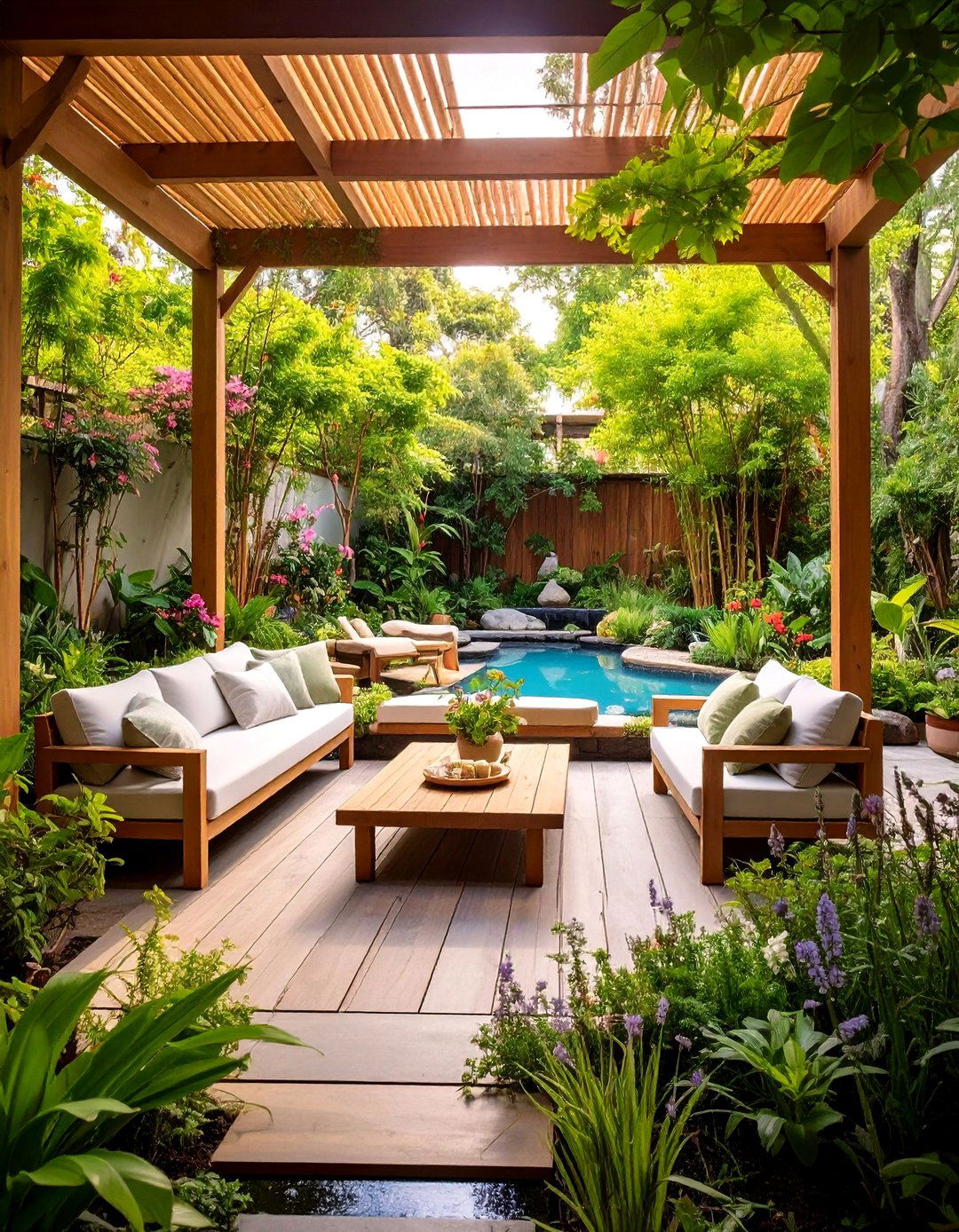
Create a tranquil sanctuary focused on mental health and relaxation using soft textures, calming colors, and therapeutic plants. This theme incorporates aromatic herbs like lavender, rosemary, and chamomile alongside comfortable seating areas surrounded by bamboo screens or natural fencing. Install meditation spaces with cushioned platforms, add gentle water features for soothing sounds, and use curved pathways that encourage slow, mindful walking. Integrate healing plants known for air purification and stress reduction, while choosing furniture made from natural materials like teak or cedar. The design emphasizes organic shapes, muted color schemes, and sensory elements that engage sight, smell, touch, and hearing to create a therapeutic outdoor environment that promotes overall well-being.
3. Vertical Living Wall Ecosystem
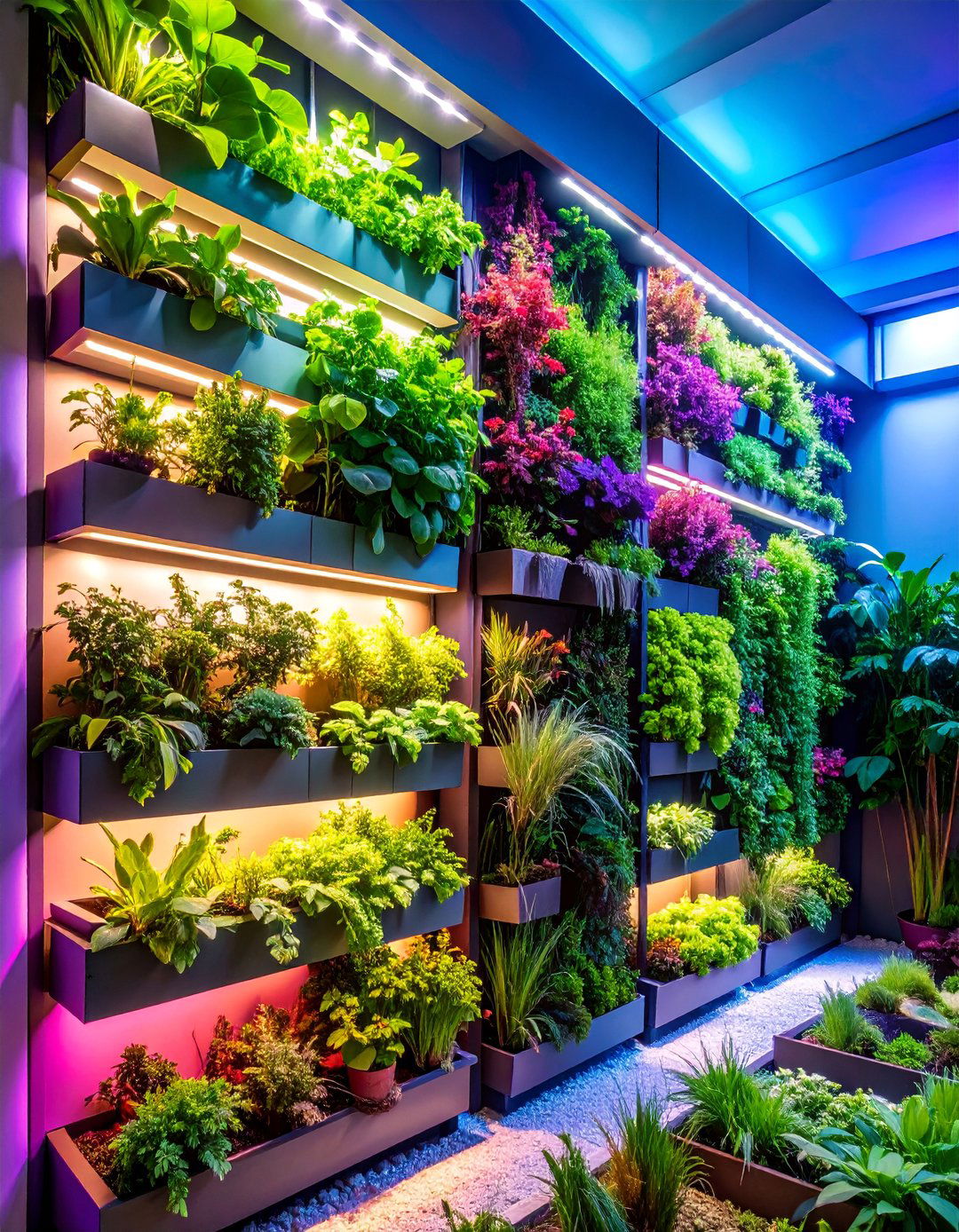
Maximize limited space with stunning vertical gardens that combine functionality with dramatic visual impact. This design utilizes wall-mounted planters, trellis systems, and climbing structures to create multi-level growing environments perfect for herbs, vegetables, and flowering vines. Install modular planting systems that can accommodate seasonal changes while providing excellent drainage and root support. Incorporate automated irrigation systems with drip lines feeding each tier, ensuring consistent moisture without water waste. Choose plants with varying growth habits including trailing varieties like cherry tomatoes, climbing beans, and cascading flowers. Add integrated LED strip lighting to support plant growth and create evening ambiance while featuring natural materials like cedar frames and recycled plastic planters for durability.
4. Cottage-Core Nostalgic Haven

Embrace romantic, old-fashioned charm with informal plantings, vintage accessories, and traditional cottage garden elements. This theme features mixed flower borders with classics like peonies, roses, hollyhocks, and sweet peas arranged in seemingly casual but carefully planned compositions. Incorporate weathered furniture, galvanized watering cans, and rustic garden gates alongside meandering gravel paths lined with boxwood hedging. Use pastel color palettes dominated by soft pinks, blues, whites, and lavenders while adding antique garden tools as decorative elements. Install picket fencing, arbors draped with climbing roses, and vintage-style bird houses. The design celebrates imperfection and abundance, creating spaces that feel lived-in and loved while honoring traditional English cottage garden aesthetics.
5. Smart Technology Garden Integration
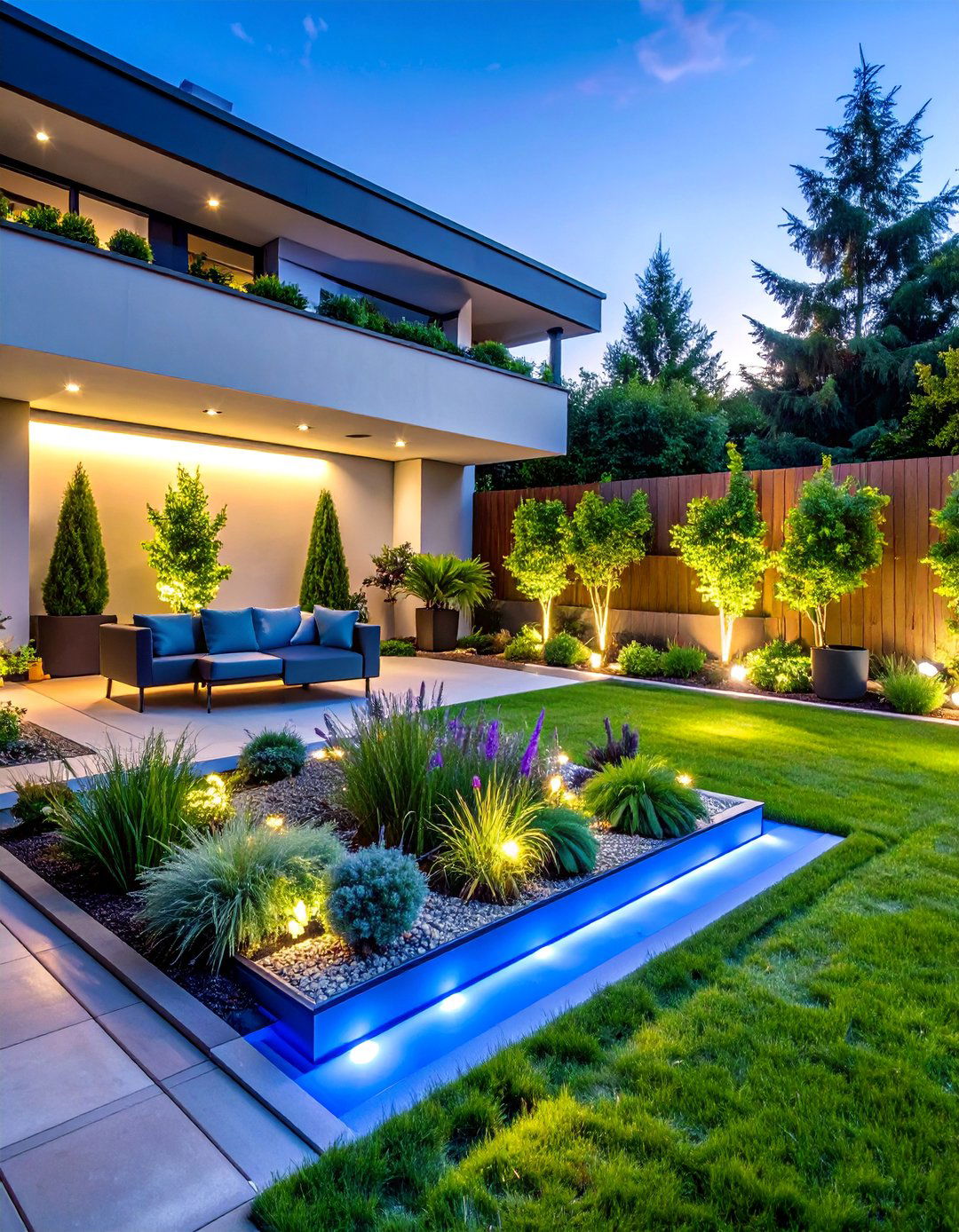
Merge cutting-edge technology with natural beauty through automated systems that enhance garden management and enjoyment. This modern approach incorporates smart irrigation controllers, soil moisture sensors, and app-controlled lighting systems that adapt to weather conditions and plant needs. Install outdoor speakers seamlessly integrated into landscape features, along with charging stations cleverly disguised within planters or garden structures. Use LED strip lighting with programmable color changes to highlight pathways and architectural features while conserving energy. Integrate motion sensors for security and convenience, plus smart garden monitoring systems that track plant health and environmental conditions. The design balances high-tech functionality with natural aesthetics, creating efficient outdoor spaces that respond intelligently to user preferences.
6. Climate-Adaptive Resilient Landscape
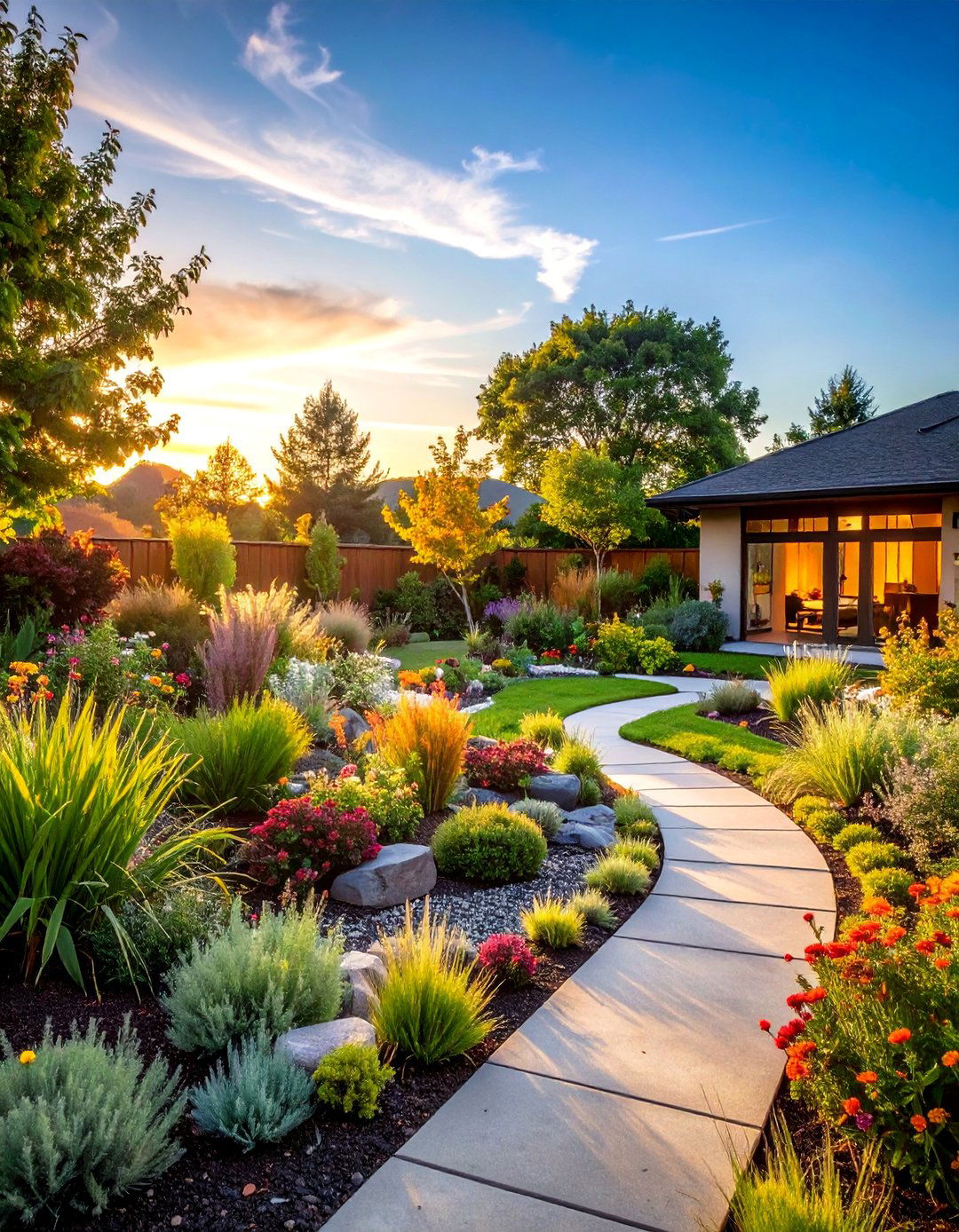
Design gardens that thrive despite changing weather patterns using drought-tolerant plants, efficient water management, and fire-resistant landscaping principles. This approach emphasizes native species that naturally adapt to local conditions while requiring minimal supplemental irrigation or chemical inputs. Create swales and rain gardens that capture and filter stormwater runoff, install permeable paving materials, and use mulching strategies that conserve soil moisture. Select plants with deep root systems and natural fire resistance, spacing them appropriately to create defensible space around structures. Incorporate hardscape elements like stone retaining walls and gravel pathways that withstand extreme weather. The design prioritizes long-term sustainability and environmental resilience while maintaining year-round beauty through strategic plant selection and water-wise gardening practices.
7. Rock Garden Naturalistic Design
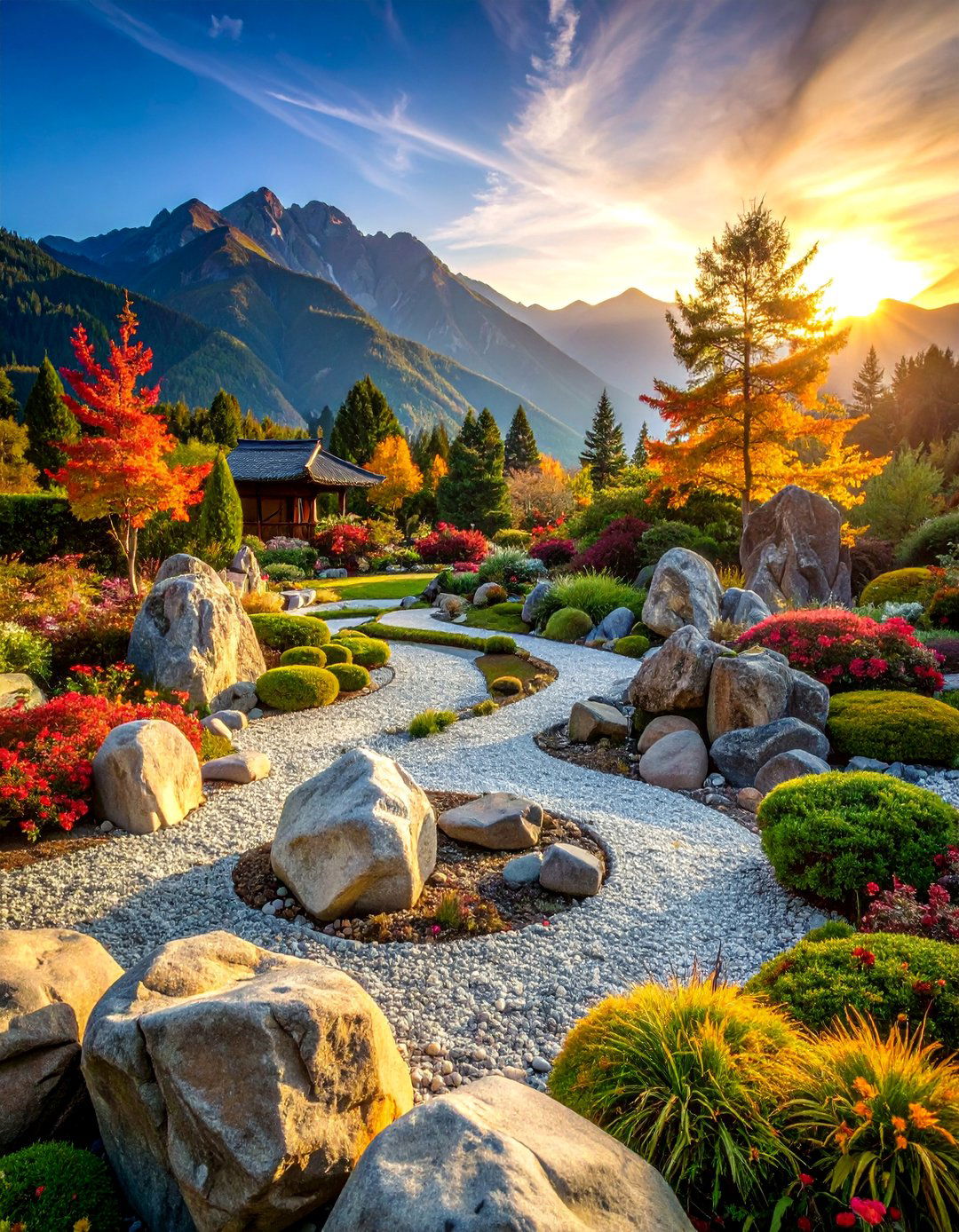
Create stunning landscapes using natural stone elements combined with alpine plants and drought-tolerant varieties. This design mimics natural rock formations through careful placement of boulders, stone outcroppings, and gravel beds that provide excellent drainage for specialized plant communities. Integrate native sedums, ornamental grasses, and wildflowers that thrive in rocky conditions while attracting beneficial insects and birds. Use decomposed granite pathways that blend seamlessly with stone features, and create intimate seating areas nestled among rock formations. Add strategic lighting to highlight interesting stone textures and plant silhouettes during evening hours. The theme celebrates natural geology while providing low-maintenance gardening solutions that conserve water and support local ecosystems through thoughtful plant selection and sustainable design principles.
8. Multi-Functional Outdoor Living Space
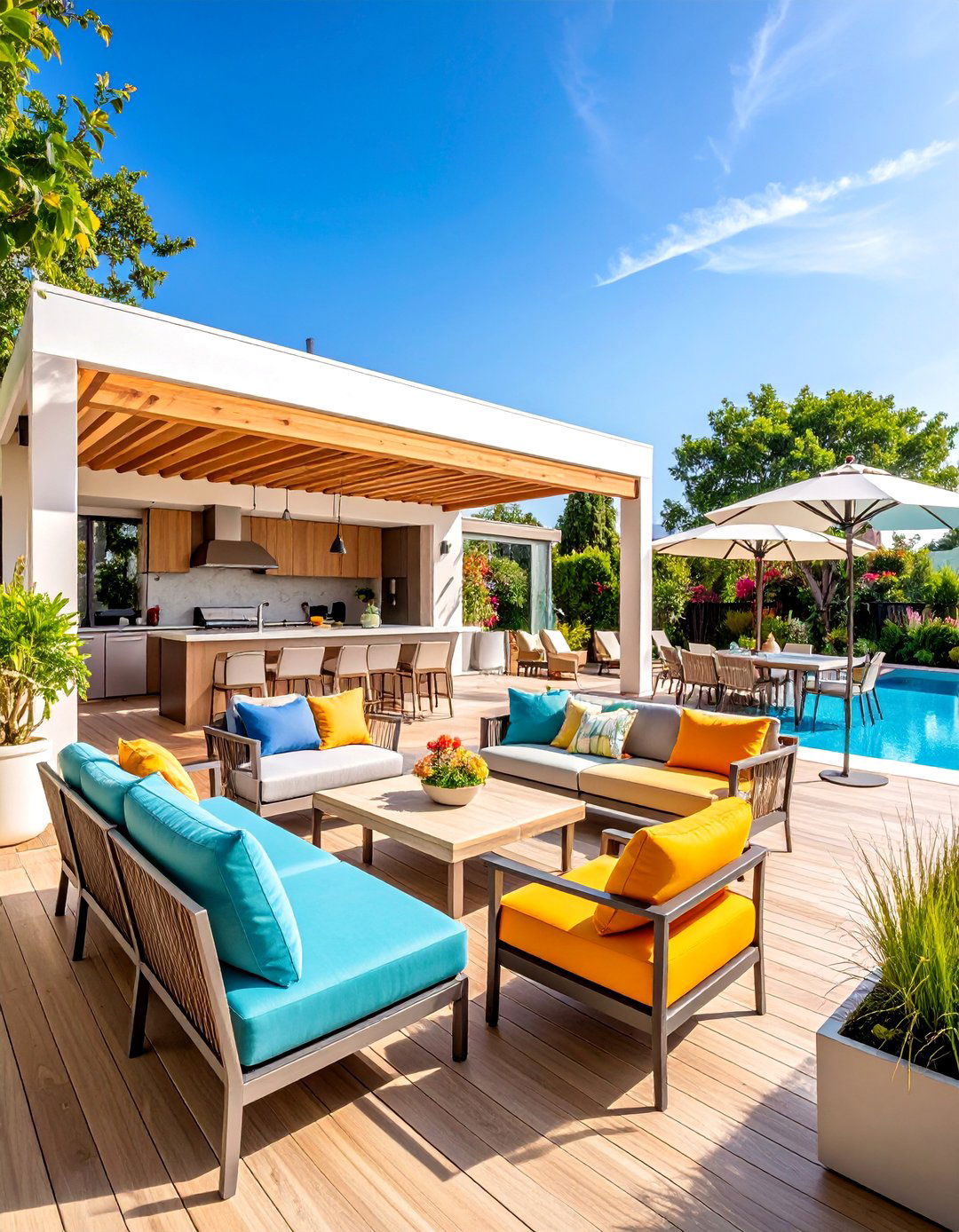
Transform gardens into versatile areas that accommodate dining, entertaining, working, and relaxation through flexible design elements and strategic zoning. This approach incorporates modular furniture that adapts to different activities, outdoor kitchens with cooking and prep areas, and comfortable seating arrangements that encourage social interaction. Create defined zones using changes in elevation, plantings, or decorative screens while maintaining visual flow throughout the space. Install weather-resistant storage solutions, add task lighting for evening functionality, and incorporate shade structures like pergolas or umbrellas. Use durable materials that withstand frequent use while choosing plants that provide privacy without requiring constant maintenance. The design emphasizes adaptability and year-round usability, creating outdoor environments that truly extend indoor living capabilities.
9. Foraging Garden Edible Landscape
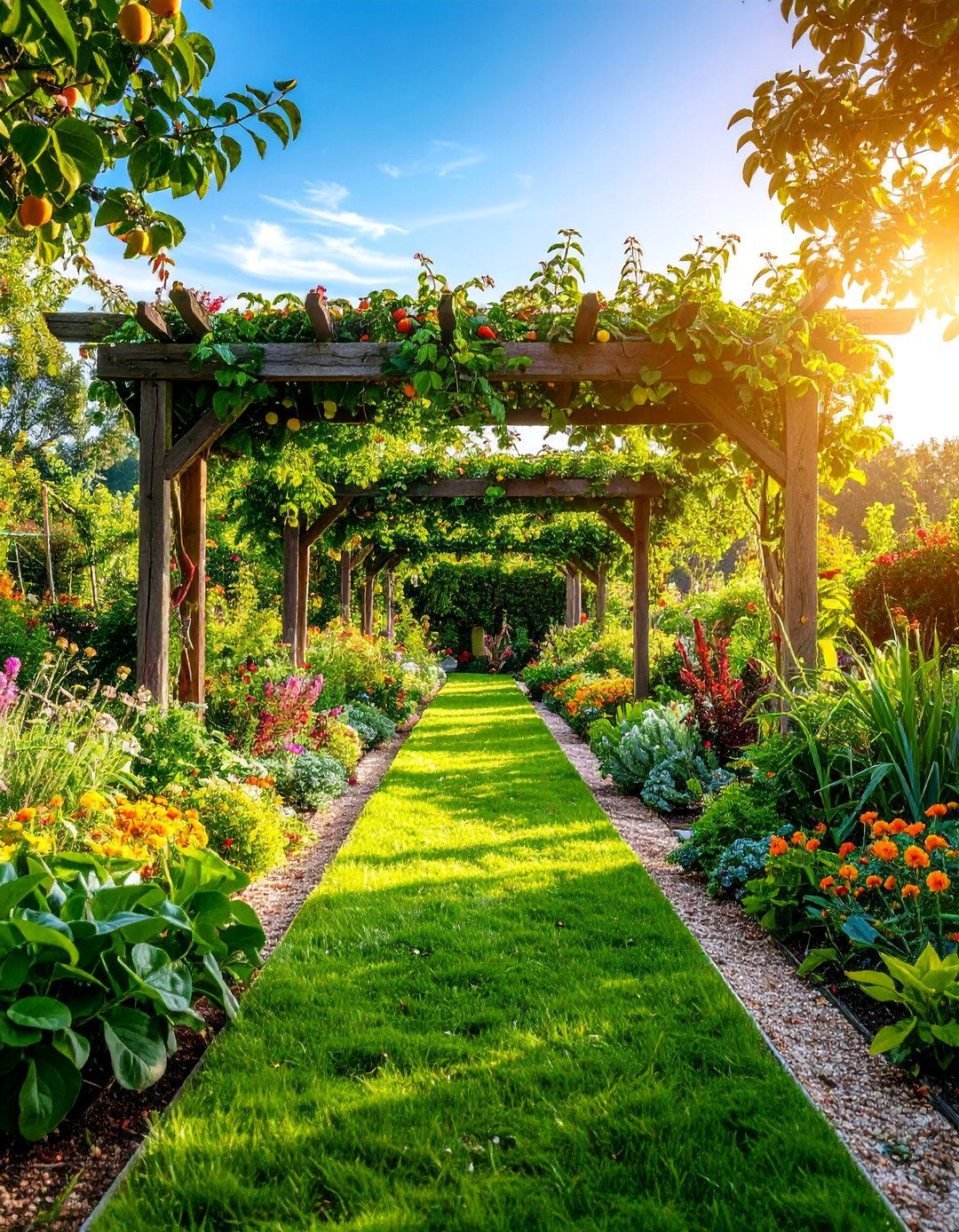
Develop productive gardens that combine beauty with food production through artful integration of edible plants in ornamental settings. This theme features fruit trees trained as espaliers, berry bushes used as hedging, and herbs woven throughout flower borders to create visually stunning yet functional landscapes. Plant perennial vegetables like asparagus and artichokes as architectural elements, use colorful Swiss chard and kale in decorative containers, and incorporate edible flowers like nasturtiums and violas in mixed plantings. Create designated harvesting areas with easy access paths and install proper storage for garden tools and harvest baskets. The design celebrates the connection between food production and landscape beauty while encouraging sustainable living practices through home-grown produce that reduces environmental impact.
10. Moonlight Garden Evening Paradise
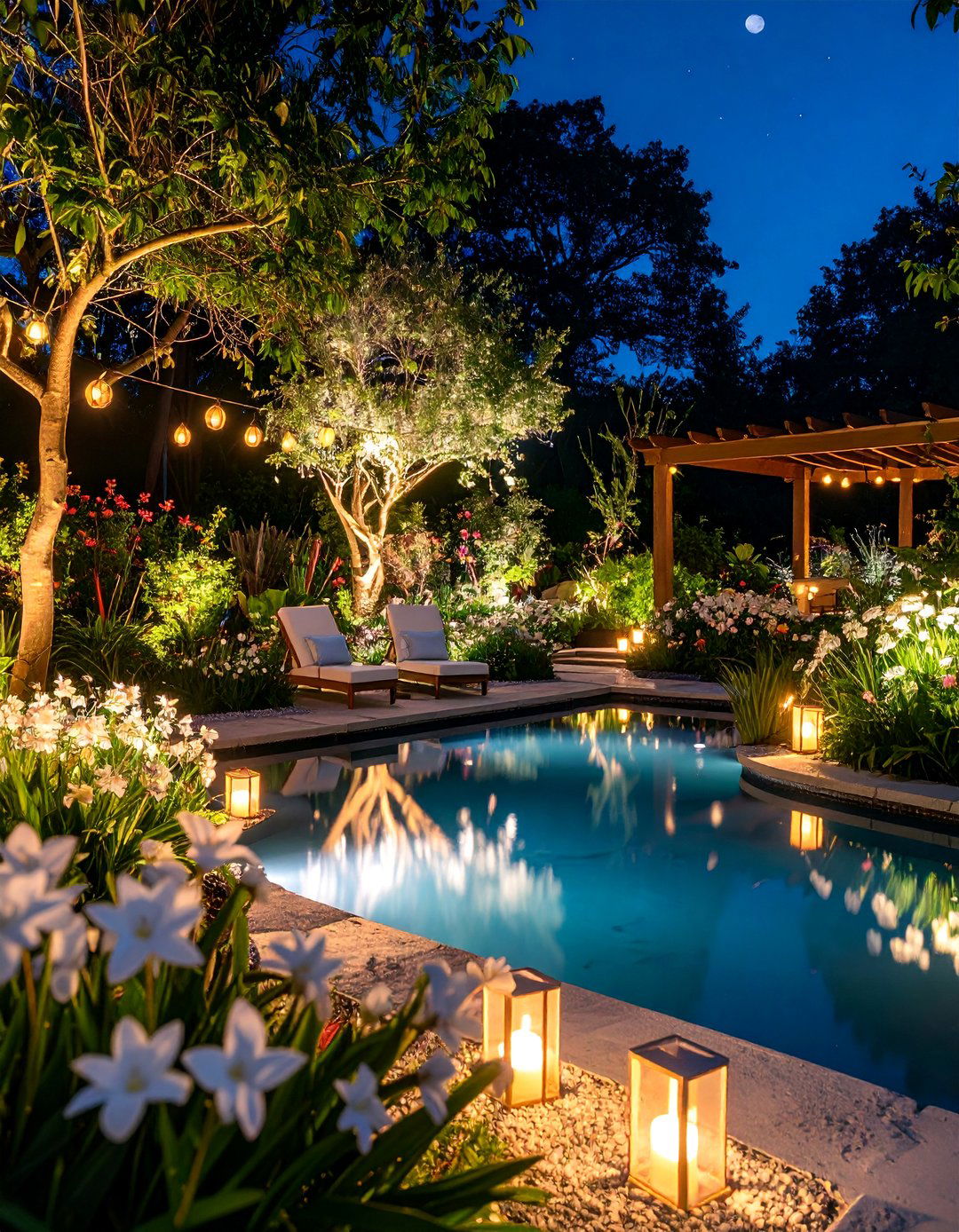
Design enchanting spaces that come alive after dark using fragrant night-blooming plants, strategic lighting, and reflective elements. This romantic theme features white and pale-colored flowers like evening primrose, four o'clocks, and night-blooming cereus that open as daylight fades. Incorporate aromatic plants such as night-blooming jasmine and stock that release intense fragrances during evening hours. Use uplighting to create dramatic tree silhouettes, install pathway lighting for safe navigation, and add solar lanterns or string lights for ambient illumination. Include reflective elements like mirrors, water features, or metallic plant containers that capture and amplify available light. Create comfortable seating areas positioned to enjoy evening breezes and night-time garden sounds while experiencing the magical transformation that occurs in gardens after sunset.
11. Japanese-Inspired Zen Minimalism
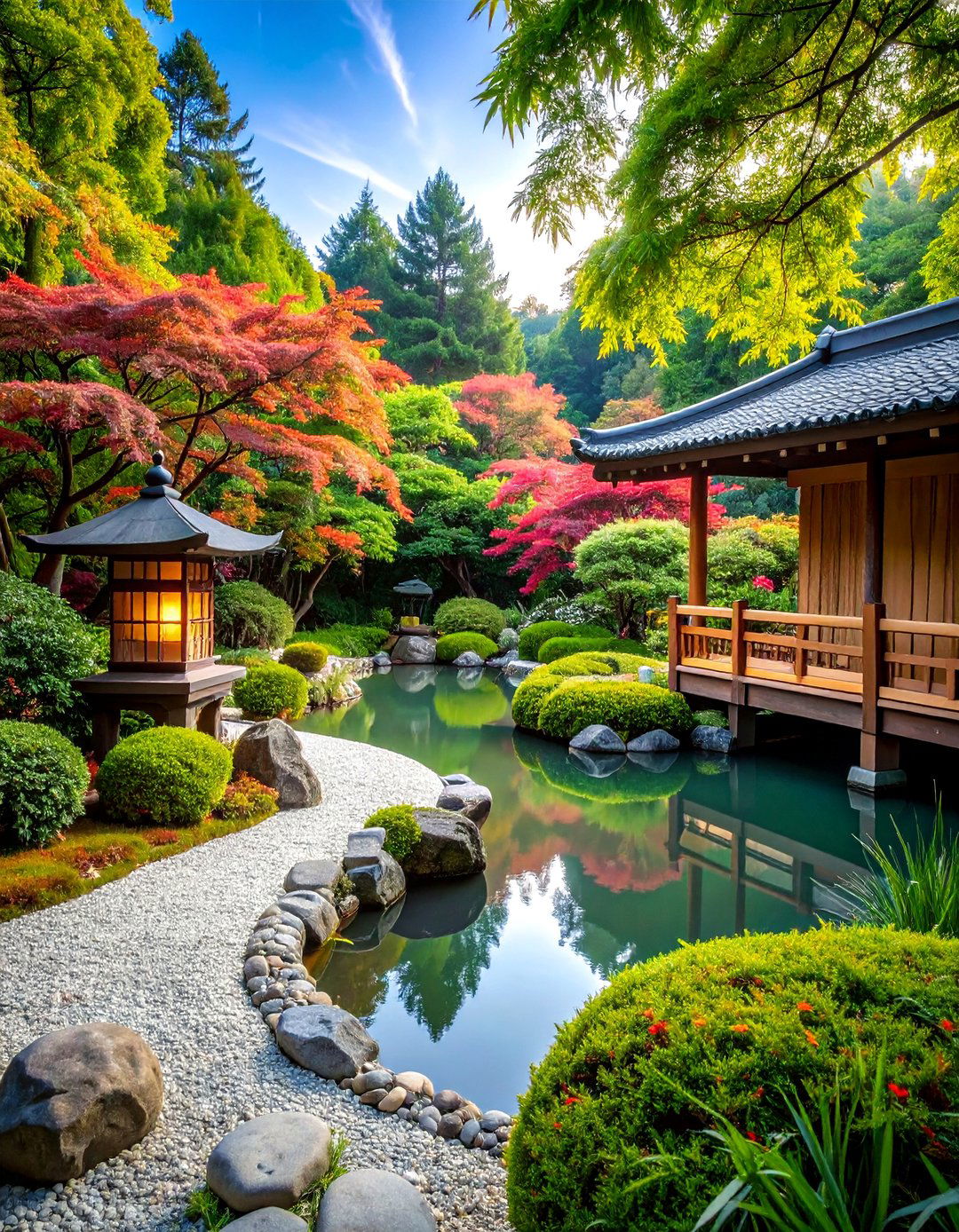
Create serene spaces emphasizing simplicity, natural materials, and contemplative design principles drawn from traditional Japanese aesthetics. This theme incorporates clean lines, asymmetrical balance, and carefully chosen elements like bamboo fencing, stone lanterns, and raked gravel areas. Use plants with architectural forms such as Japanese maples, ornamental grasses, and evergreen shrubs arranged in compositions that celebrate natural growth patterns. Install water features like bamboo fountains or still reflecting pools that encourage meditation and mindfulness. Choose neutral color palettes dominated by greens, grays, and earth tones while limiting decorative elements to maintain focus on essential beauty. The design emphasizes negative space, natural textures, and seasonal changes that reveal deeper appreciation for nature's subtle rhythms and enduring beauty.
12. Prairie Wildflower Meadow Style
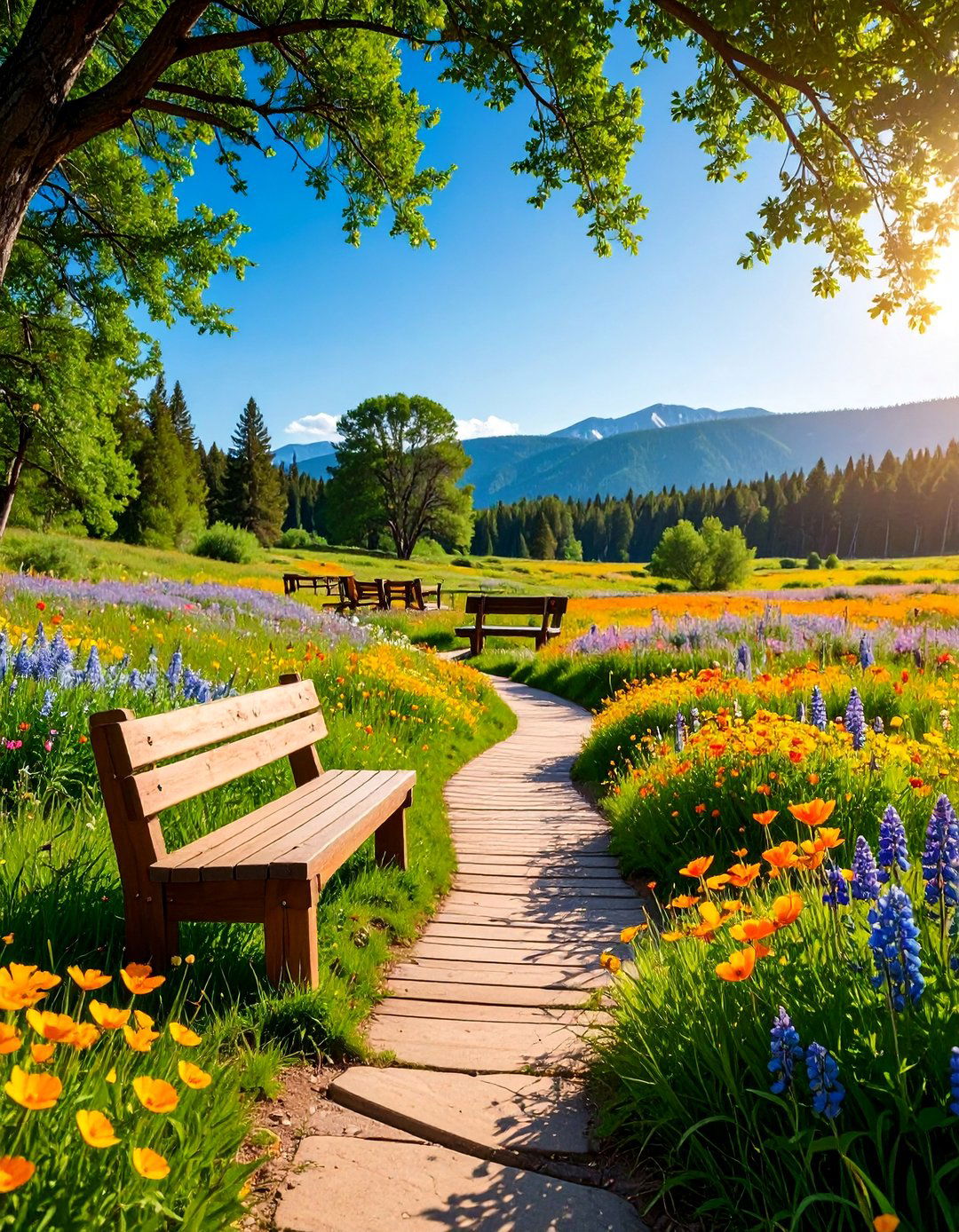
Transform traditional lawn areas into vibrant ecosystems supporting native wildlife through naturalistic plantings of indigenous grasses and wildflowers. This sustainable approach features swaying grasses like buffalo grass and blue grama combined with seasonal blooms including black-eyed Susan, purple coneflower, and native lupines. Create meandering pathways through tall plantings that reveal hidden seating areas and observation points for wildlife watching. Use prescribed burning or managed mowing techniques to maintain plant health and diversity while allowing natural succession processes to enhance ecosystem complexity. Install simple wooden benches and discrete bird watching blinds that encourage interaction with nature. The design celebrates regional plant communities while reducing maintenance requirements, water usage, and chemical inputs through ecologically sound gardening practices that support biodiversity.
13. Mediterranean Drought-Tolerant Oasis
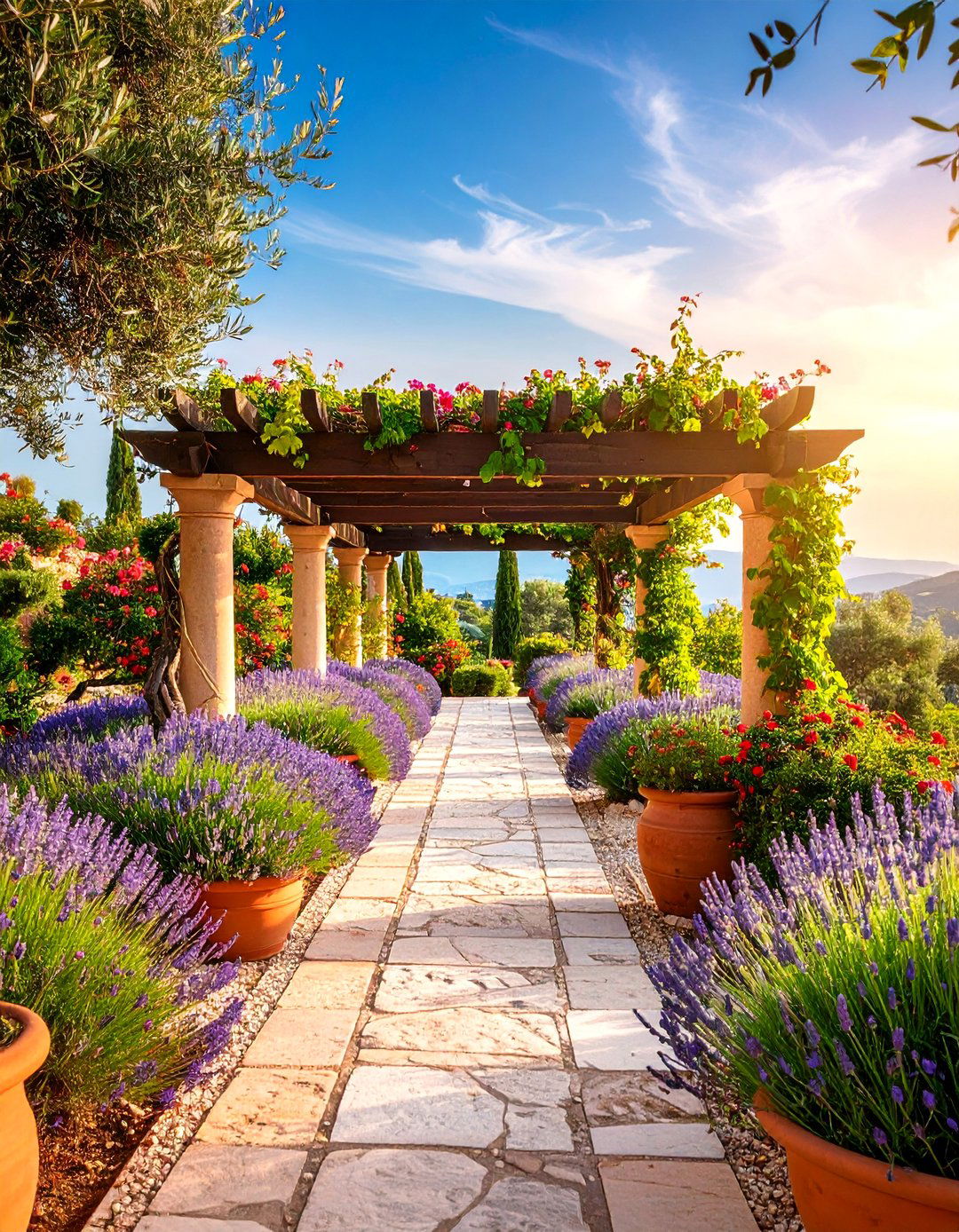
Embrace sun-loving plants and water-wise design principles inspired by coastal Mediterranean landscapes and their adapted plant communities. This theme features silver-leafed plants like lavender, rosemary, and olive trees combined with aromatic herbs that thrive in well-drained soils and intense sunlight. Use natural stone elements including limestone pathways, terra cotta containers, and gravel mulches that reflect heat while conserving soil moisture. Create outdoor dining areas shaded by pergolas covered with grape vines or climbing roses, and install simple water features like terracotta fountains that provide cooling effects without excessive water usage. Choose a palette of blues, whites, and soft yellows that complement silver foliage while adding pops of vibrant color through flowering plants like bougainvillea and geraniums that celebrate the relaxed elegance of Mediterranean garden style.
14. Shade Garden Sanctuary Design

Develop lush, cooling environments in areas with limited sunlight using plants adapted to lower light conditions and moisture-retentive soils. This theme showcases foliage plants with interesting textures and patterns including hostas, ferns, and heucheras arranged in layered compositions that create depth and visual interest throughout the growing season. Incorporate flowering shade plants like astilbe, caladiums, and begonias that provide seasonal color while thriving in filtered light conditions. Use organic mulches and natural pathways that enhance soil health while creating comfortable walking surfaces through planted areas. Add comfortable seating positioned to take advantage of cooling microclimates and install subtle lighting that extends garden enjoyment into evening hours. The design celebrates the serene beauty found in shadier garden spaces while providing relief from intense sun exposure.
15. Cottage Vegetable Garden Abundance

Combine productive vegetable growing with ornamental beauty through traditional cottage garden techniques and companion planting strategies. This approach integrates vegetables with annual flowers, herbs, and perennial plants in mixed beds that provide continuous harvest opportunities alongside visual appeal. Use raised wooden beds with decorative edges, install trellises for climbing crops like beans and cucumbers, and create pathways using materials like brick or flagstone that complement rustic garden aesthetics. Incorporate fruit trees, berry bushes, and herb spirals that add vertical interest while maximizing production in limited space. Add storage areas for tools and harvested produce using vintage-style wooden structures that enhance the cottage garden atmosphere. The design celebrates the tradition of beautiful, productive gardens that nourish families while creating attractive outdoor spaces.
16. Urban Rooftop Garden Retreat
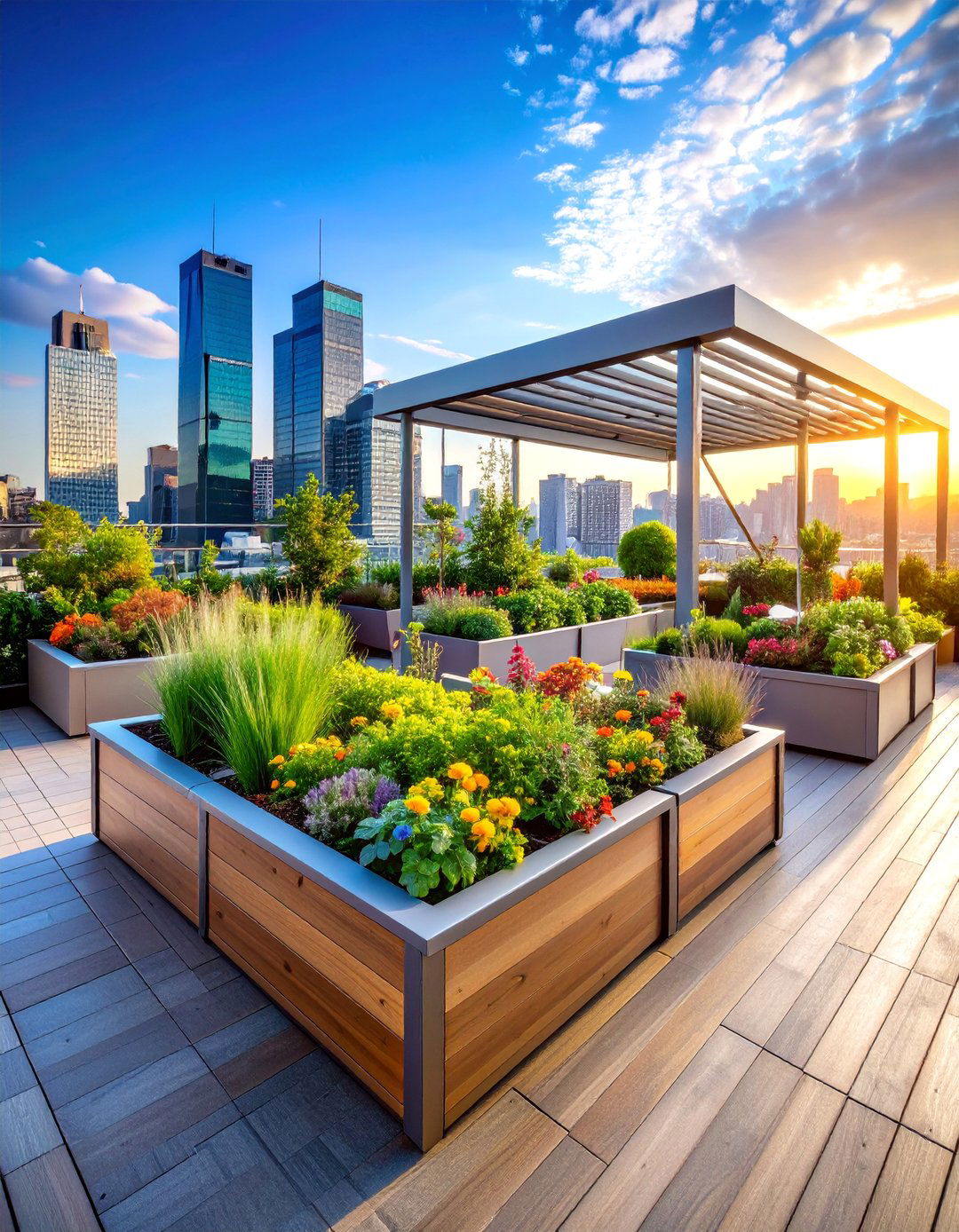
Transform elevated spaces into green sanctuaries using container gardening techniques adapted for rooftop conditions including wind exposure and weight limitations. This design emphasizes lightweight containers, wind-resistant plants, and efficient irrigation systems that create thriving gardens in challenging urban environments. Use modular planting systems that can be rearranged seasonally, install wind screens using bamboo or fabric panels, and choose plants that tolerate temperature fluctuations and intense sunlight. Create seating areas that take advantage of city views while providing protection from weather extremes through strategic placement of pergolas or shade sails. Incorporate vertical growing systems that maximize limited floor space while adding privacy screening. The design addresses unique urban challenges while creating essential green space that improves air quality and provides natural respite from city life.
17. Water Feature Garden Paradise
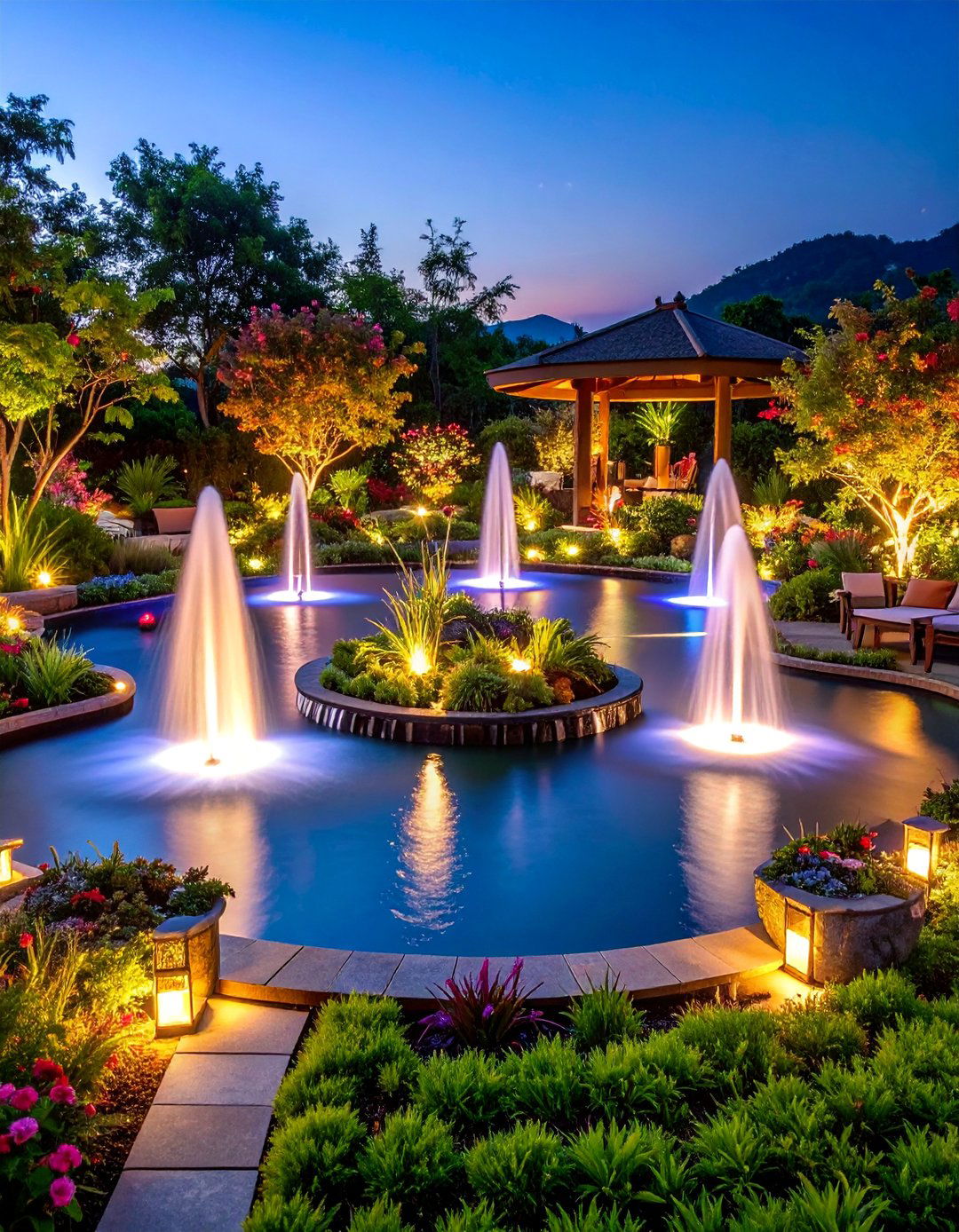
Create magical outdoor environments centered around water elements that provide soothing sounds, attract wildlife, and serve as focal points for garden design. This theme incorporates various water features including fountains, ponds, streams, and rain gardens that support both aquatic plants and terrestrial landscapes. Use aquatic plants like water lilies, lotus, and marginal species that provide natural filtration while creating habitat for beneficial insects and amphibians. Install underwater lighting that illuminates water features during evening hours, creating enchanting reflections and extending garden enjoyment after dark. Add comfortable seating positioned to appreciate water sounds and movements while incorporating pathways that provide multiple viewing angles. The design emphasizes the calming and restorative qualities of water while supporting local ecosystems through thoughtful integration of aquatic and terrestrial plant communities.
18. Fragrant Garden Sensory Experience
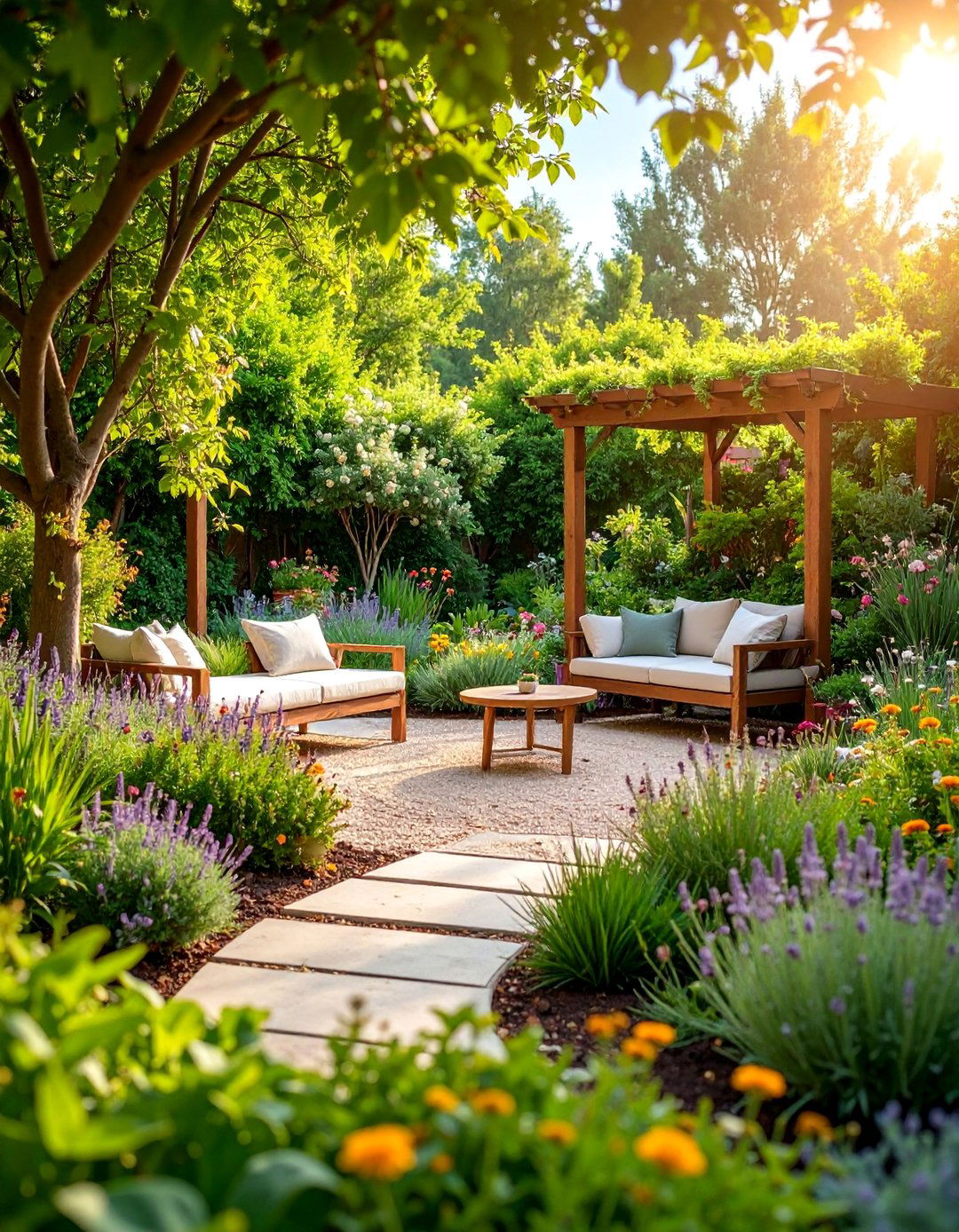
Design aromatic outdoor spaces that engage the sense of smell through strategic placement of fragrant plants and herbs that release scents at different times and seasons. This theme features plants like gardenias, mock orange, and honeysuckle for intense floral fragrances, combined with aromatic herbs including mint, basil, and thyme that release oils when touched. Create pathways that encourage interaction with plants, position seating areas downwind from fragrant plantings, and use raised beds that bring aromatic plants closer to nose level. Incorporate plants that provide morning, midday, and evening fragrances to create all-day sensory experiences. Add tactile elements like textured plant leaves and bark that enhance sensory engagement. The design celebrates the powerful connection between scent and memory while creating gardens that provide therapeutic benefits through aromatic plant interaction.
19. Seasonal Color Rotation Display

Create dynamic gardens that provide continuous interest through planned succession of flowering plants and foliage that changes with seasons. This approach involves strategic timing of bulbs, annuals, and perennials to ensure something is always in bloom or providing visual interest throughout the growing year. Use container plantings that can be rotated seasonally, install permanent framework plants that provide structure while allowing seasonal plantings to shine, and choose plants with interesting winter forms or seed heads that extend garden beauty beyond traditional growing seasons. Create color-themed areas that shift from spring pastels to summer brights to autumn earth tones through careful plant selection and timing. The design celebrates seasonal change while maintaining garden interest year-round through thoughtful plant combinations and rotation strategies.
20. Pollinator Paradise Wildlife Haven

Develop gardens specifically designed to support beneficial insects, birds, and other wildlife through native plant selection and habitat creation techniques. This ecological approach features plants that provide nectar, pollen, and seed sources throughout growing seasons while creating nesting sites and shelter for various species. Use regional native plants that co-evolved with local wildlife, avoid chemical pesticides and fertilizers that harm beneficial insects, and create diverse microhabitats including sunny meadow areas and shaded woodland edges. Install water sources like shallow dishes or small ponds, add nesting boxes and bee houses, and maintain some areas of natural debris for overwintering beneficial insects. The design prioritizes ecological function while creating beautiful spaces that connect homeowners with local ecosystem health and support biodiversity conservation efforts.
21. Gravel Garden Modern Minimalism
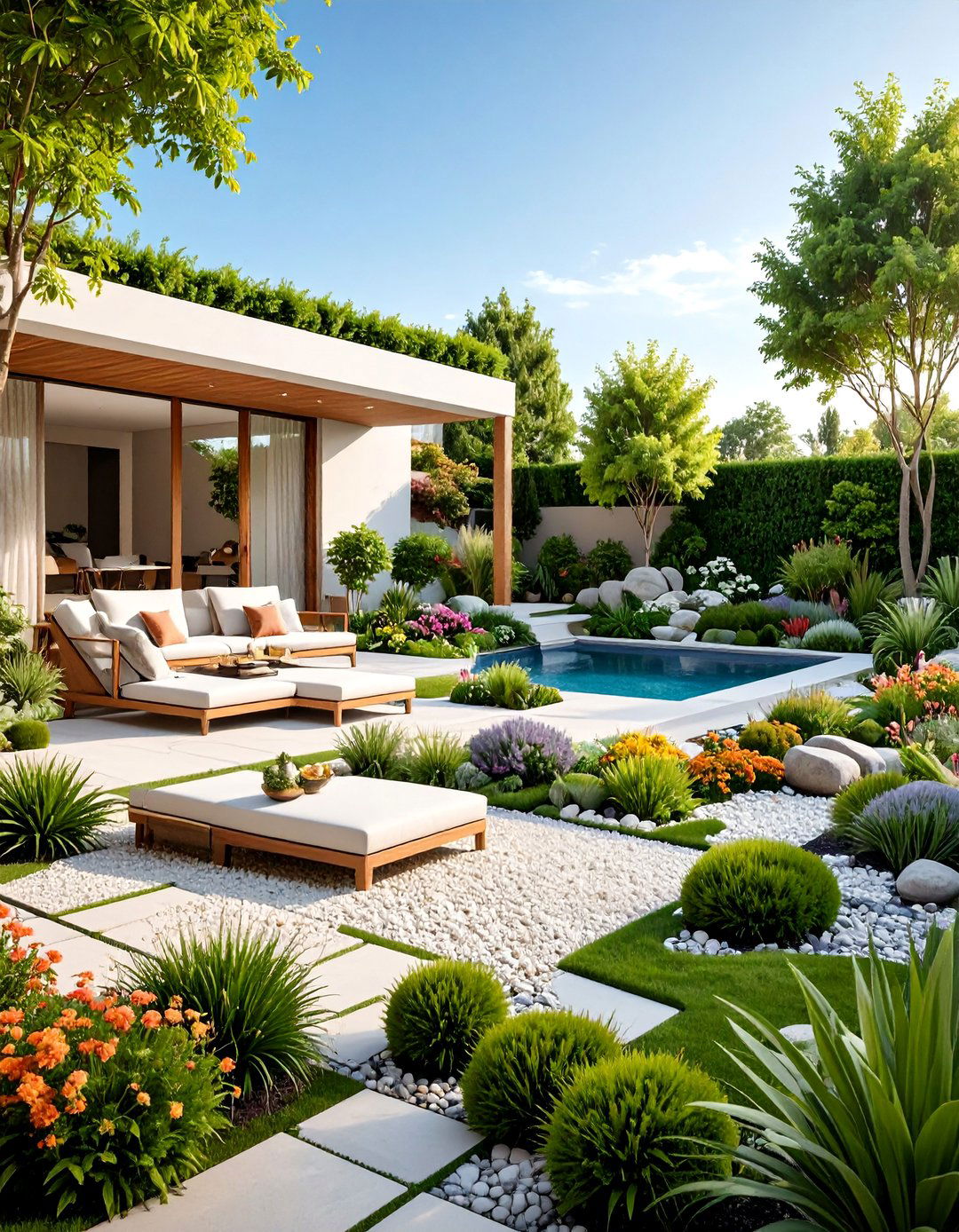
Create contemporary landscapes using decorative gravels, architectural plants, and clean design lines that require minimal maintenance while providing maximum visual impact. This modern approach features drought-tolerant plants with strong forms like agaves, ornamental grasses, and sculptural cacti set against backgrounds of colored gravels or decomposed granite. Use geometric planting beds with crisp edges, install contemporary water features with simple lines, and incorporate modern seating and lighting elements that complement minimalist aesthetics. Choose plants with year-round interest including evergreen shrubs and architectural perennials that maintain garden structure through all seasons. Add artistic elements like metal sculptures or contemporary planters that serve as focal points. The design celebrates simplicity and sustainability while creating sophisticated outdoor spaces that complement modern architecture and lifestyles.
22. Vintage Upcycled Garden Charm
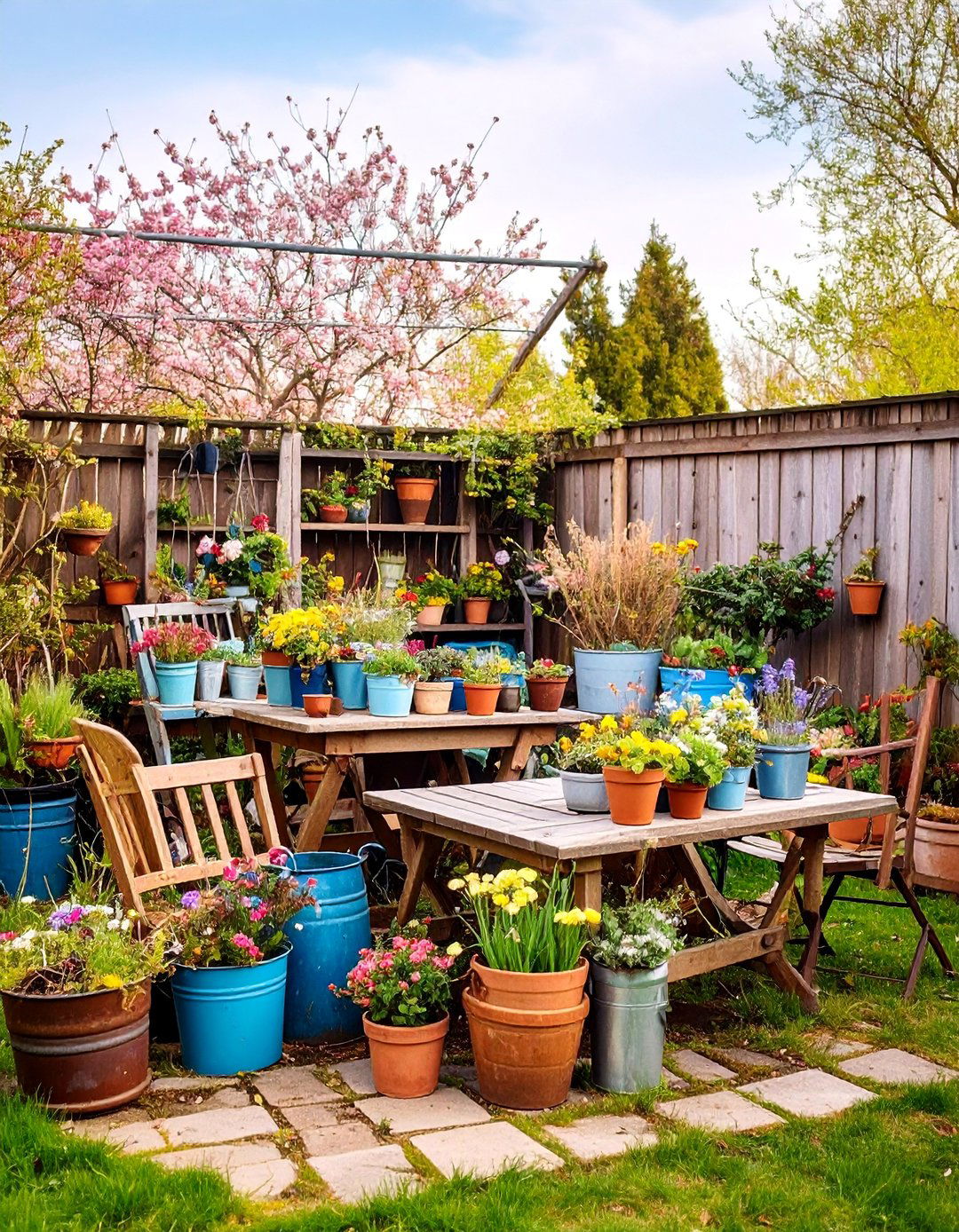
Transform discarded materials into functional and beautiful garden elements while celebrating sustainability and creative reuse principles. This eco-friendly theme incorporates vintage furniture repurposed as planters, old doors converted into garden gates, and salvaged materials used for pathways and structural elements. Use galvanized tubs as water gardens, wooden crates as raised beds, and metal buckets as container planters while maintaining cohesive design through consistent color schemes and plant choices. Add vintage garden tools as decorative elements, use antique wheelbarrows as mobile planters, and install reclaimed wood structures like pergolas and benches. The design emphasizes creativity and resourcefulness while reducing waste and creating unique garden spaces with character and history that celebrate the beauty found in repurposed materials.
23. Fire-Resistant Landscape Design

Create beautiful gardens that provide protection against wildfire while maintaining aesthetic appeal through strategic plant selection and landscape design principles. This safety-focused approach uses fire-resistant plants with high moisture content, low oil content, and minimal dead material including plants like lavender, rockrose, and native succulents. Create defensible space around structures using gravel pathways, stone retaining walls, and widely spaced plantings that interrupt fire progression. Install irrigation systems that can provide emergency watering, use hardscape materials that won't burn, and maintain clear zones free of flammable vegetation near buildings. Choose plants that naturally shed less debris and require minimal pruning while providing year-round beauty through careful selection of fire-safe ornamental species that support local wildlife and ecosystem health.
24. Pathway Lighting Garden Magic
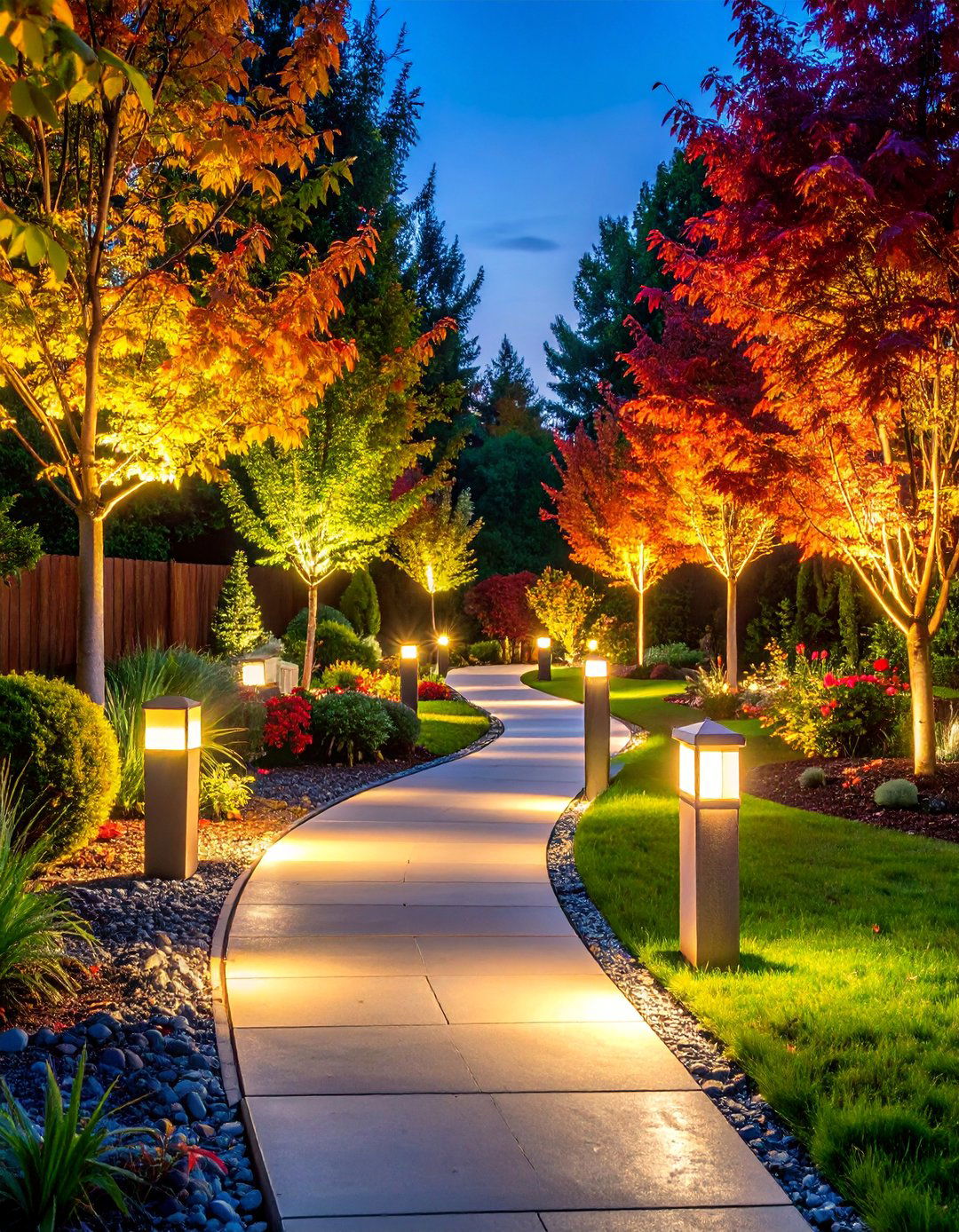
Transform garden navigation and evening ambiance through strategic lighting design that highlights pathways while creating magical nighttime atmospheres. This illumination-focused theme incorporates various lighting techniques including solar bollards, LED strip lights, uplighting for trees, and decorative lanterns that guide movement while showcasing garden features. Use low-voltage systems for energy efficiency and safety, install motion sensors for convenience and security, and choose warm light colors that create welcoming environments without disturbing wildlife or neighbors. Position lights to eliminate dark spots along walkways while avoiding glare that impairs night vision. Add decorative lighting elements like string lights in trees and solar globes among plantings. The design emphasizes both functionality and beauty while extending garden usability and enjoyment well beyond daylight hours.
25. Four-Season Interest Garden
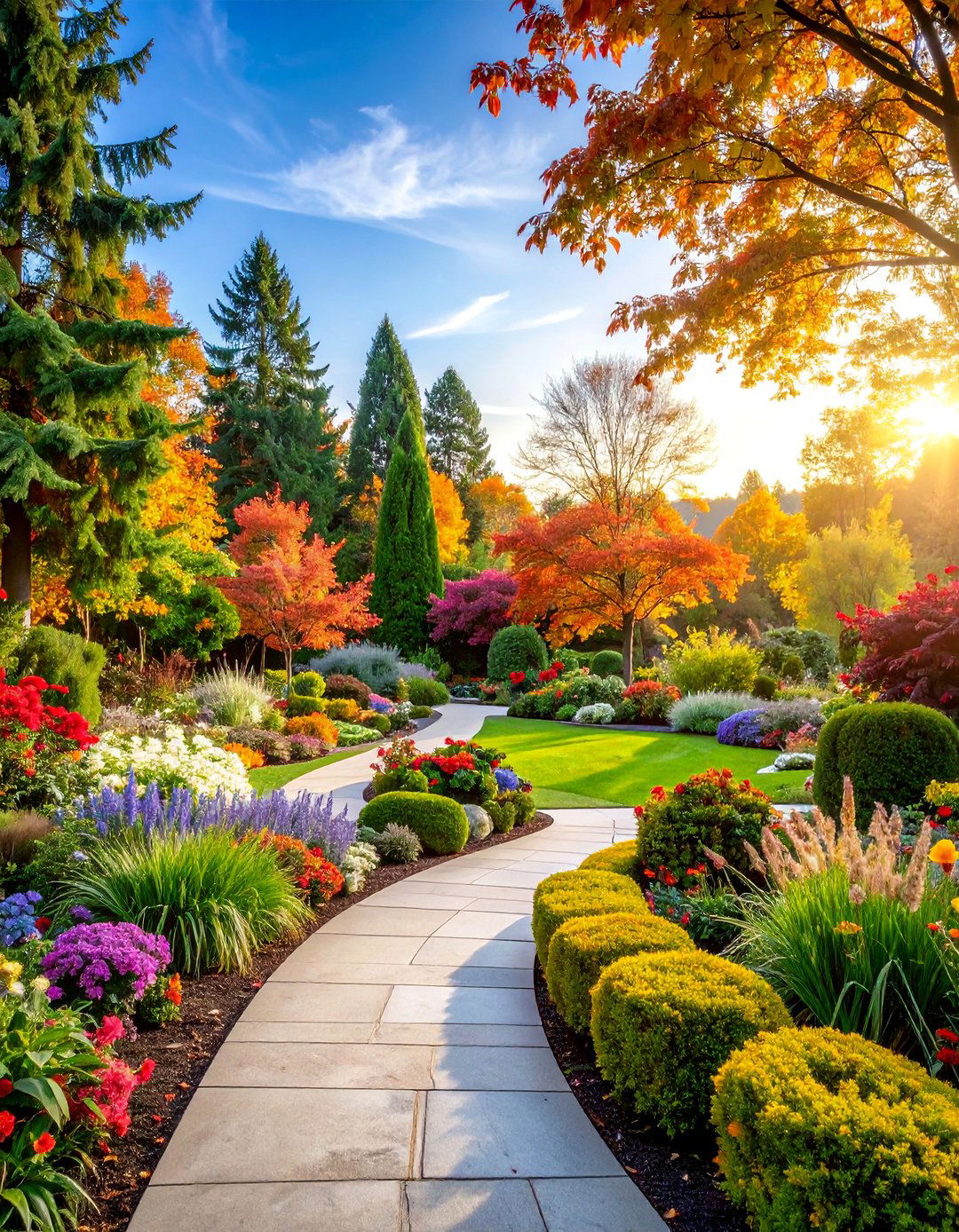
Design comprehensive landscapes that provide visual appeal, functional benefits, and ecological value throughout all seasons using diverse plant selections and structural elements. This holistic approach combines evergreen framework plants that provide year-round structure with deciduous species offering seasonal color changes, flowering trees and shrubs that bloom at different times, and plants with interesting winter silhouettes or seed heads. Include plants that provide food sources for wildlife during different seasons, incorporate hardscape elements that add winter interest, and plan for seasonal container displays that can be changed throughout the year. Use plants with varying bark textures, berry production, and autumn foliage colors to create dynamic seasonal displays. The design celebrates the full cycle of natural changes while maintaining garden beauty and functionality regardless of weather or season.
Conclusion:
These diverse garden decor themes demonstrate how outdoor spaces can reflect personal style while supporting environmental sustainability and enhancing quality of life. From technology-integrated smart gardens to traditional cottage designs, each approach offers unique solutions for creating beautiful, functional outdoor environments. The key lies in selecting themes that align with individual preferences, local climate conditions, and maintenance capabilities while incorporating elements that support local ecosystems and wildlife. By embracing these innovative design concepts, gardeners can create outdoor spaces that serve as extensions of indoor living while contributing positively to environmental health and personal well-being through thoughtful plant selection and sustainable practices.


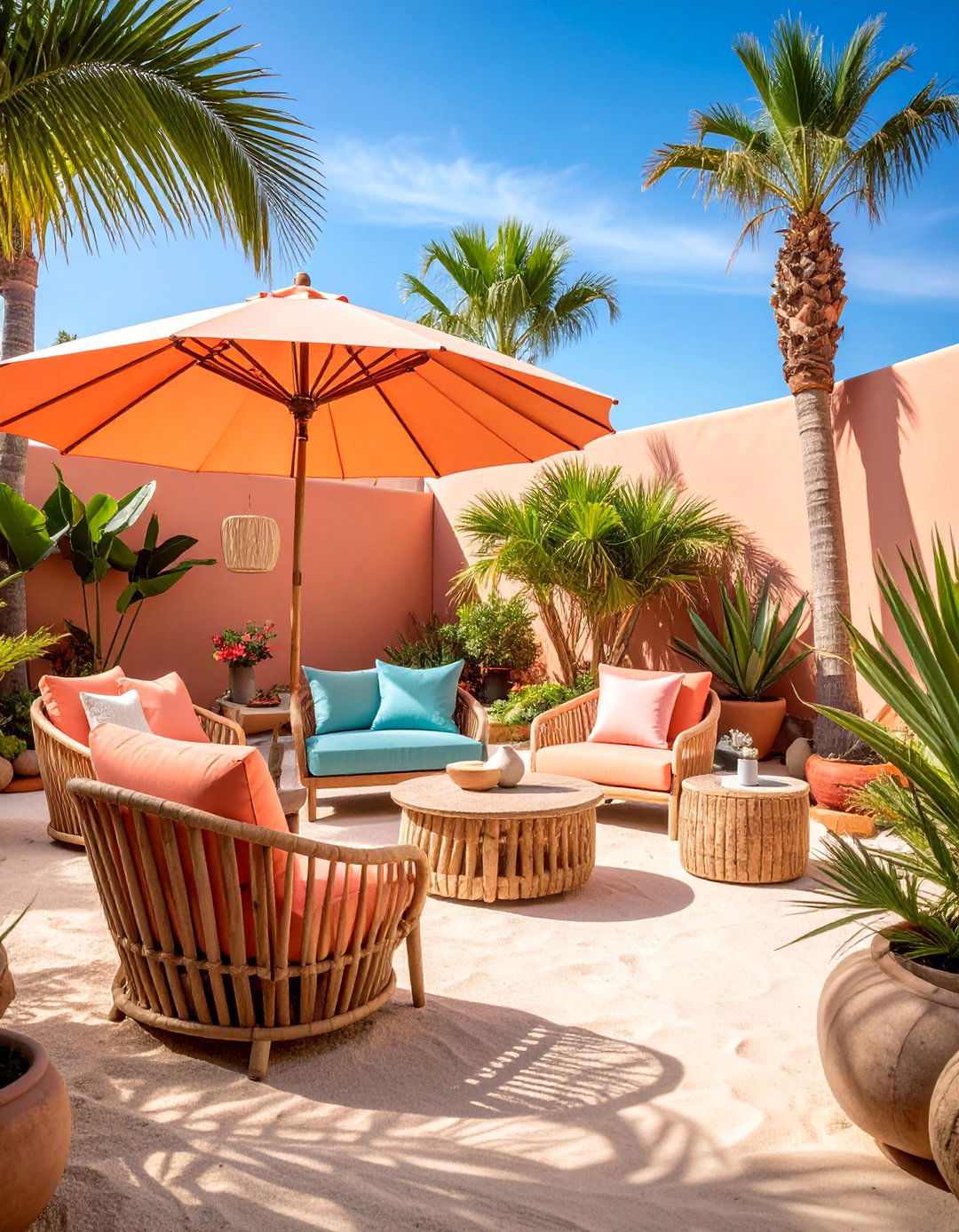
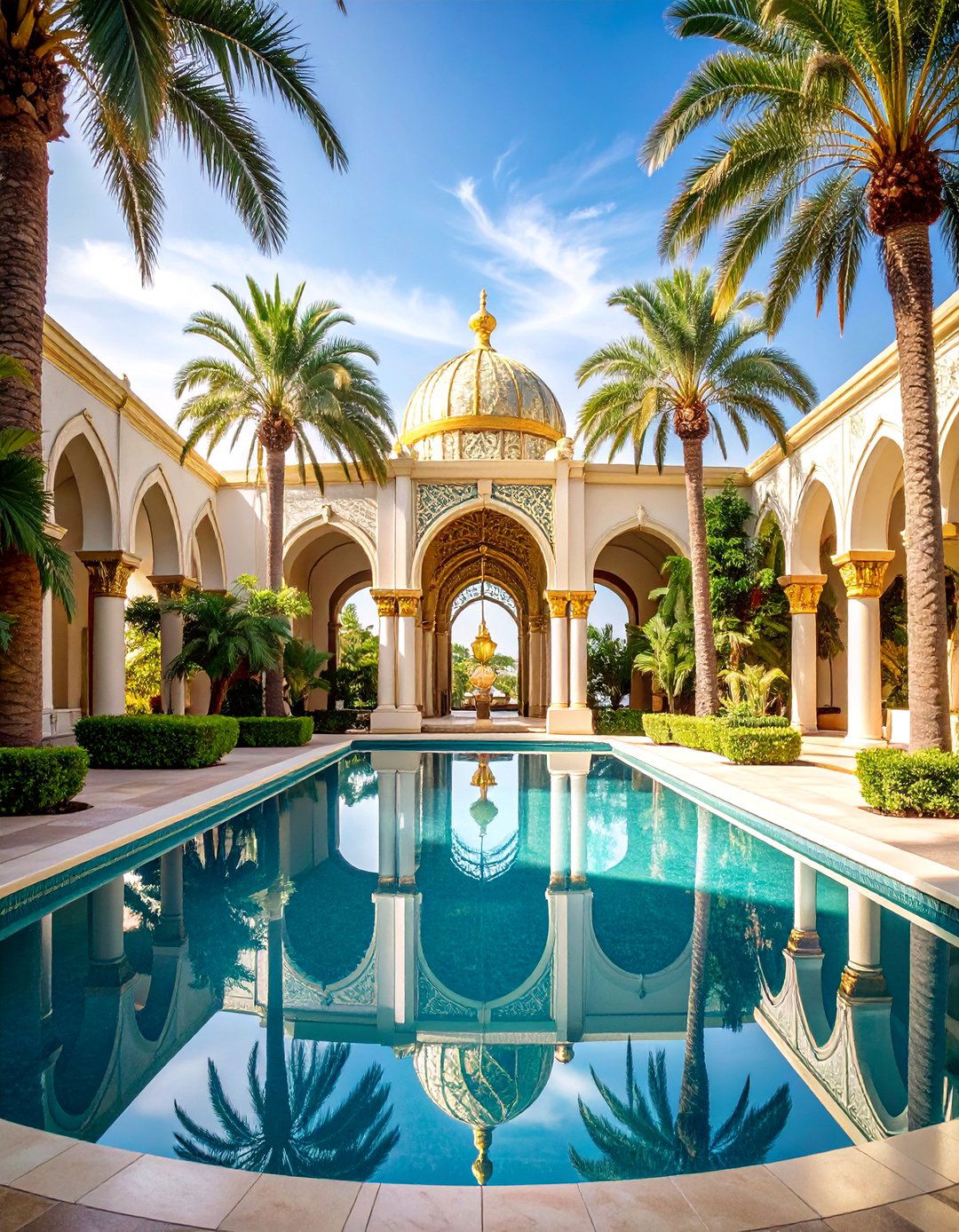

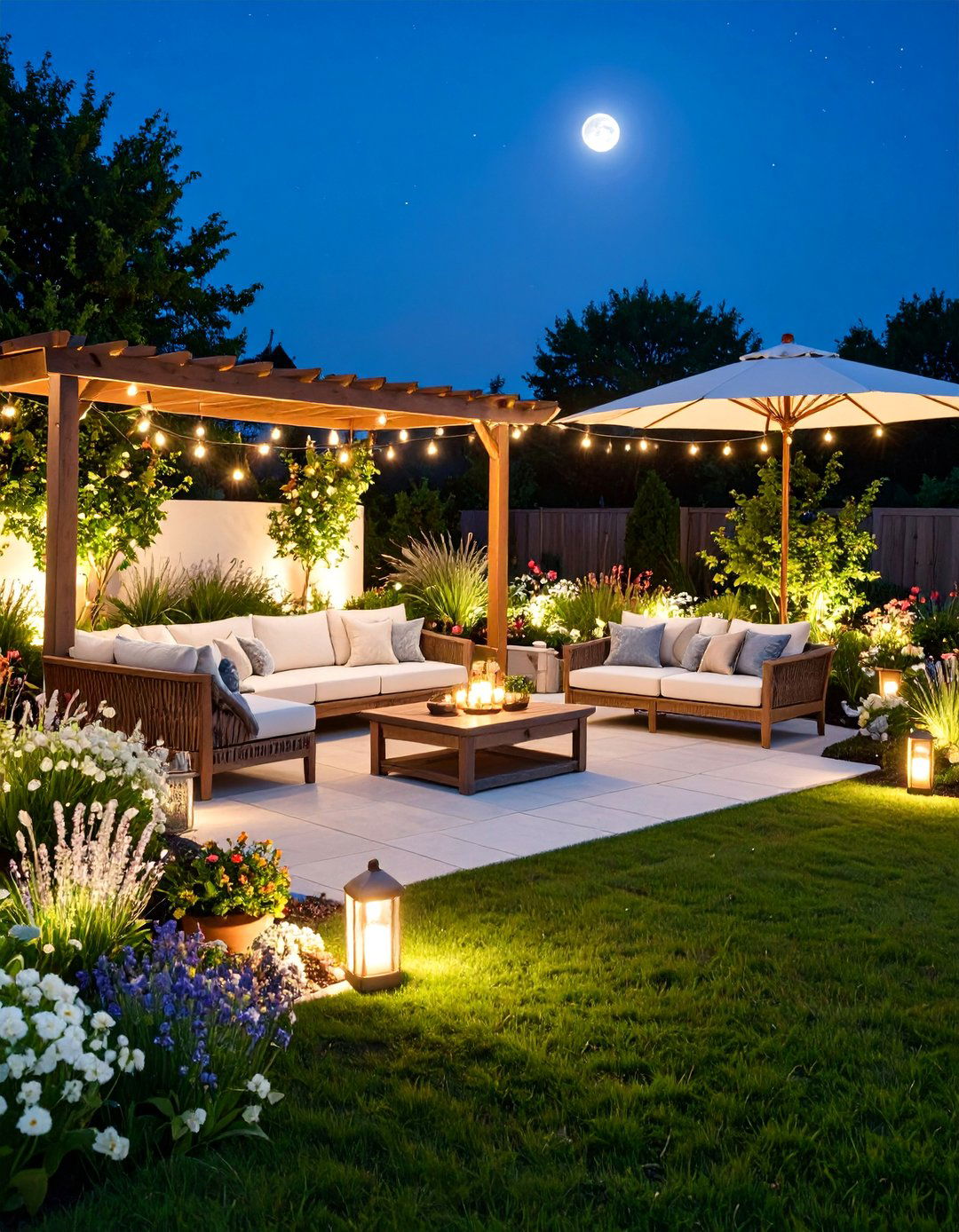
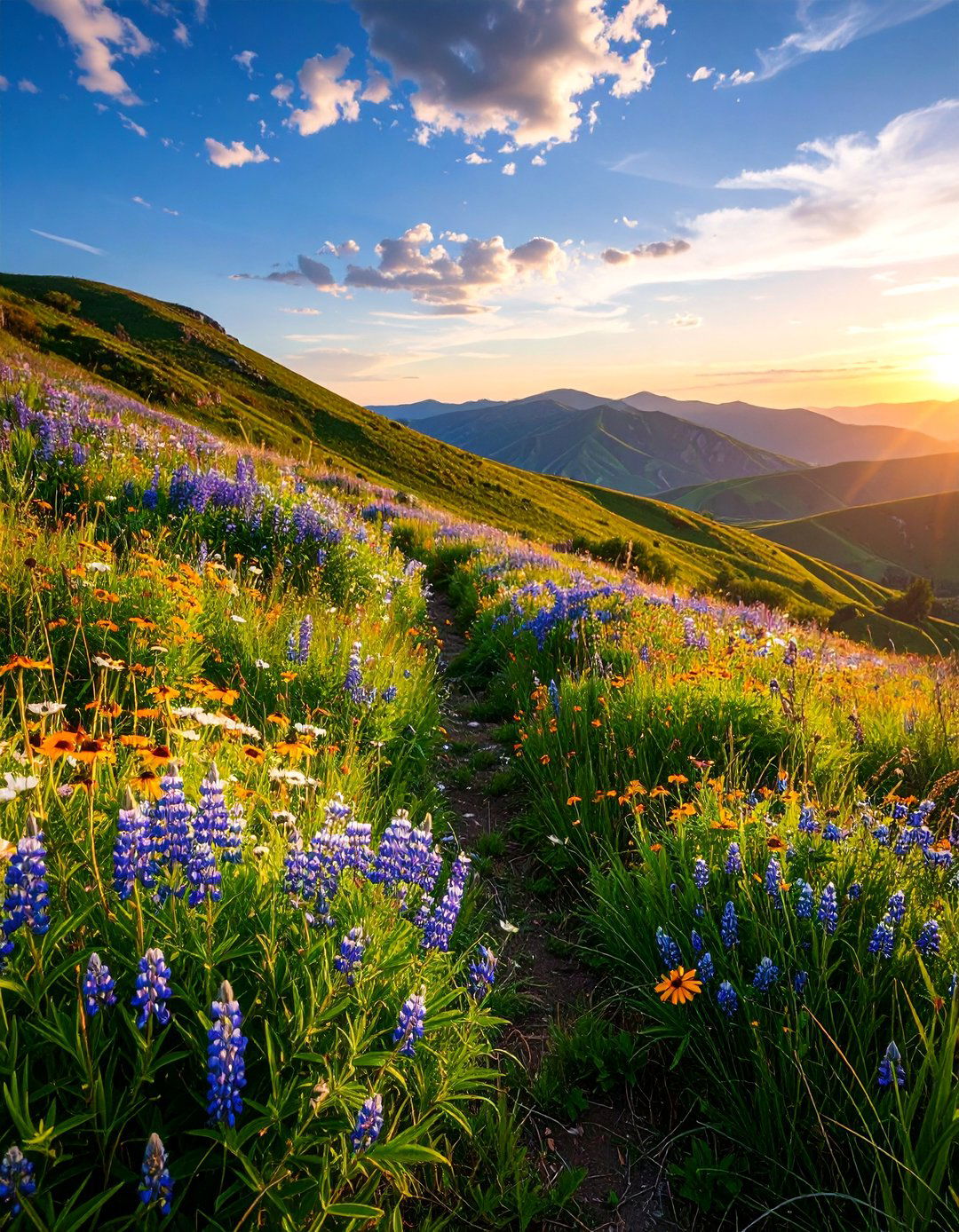

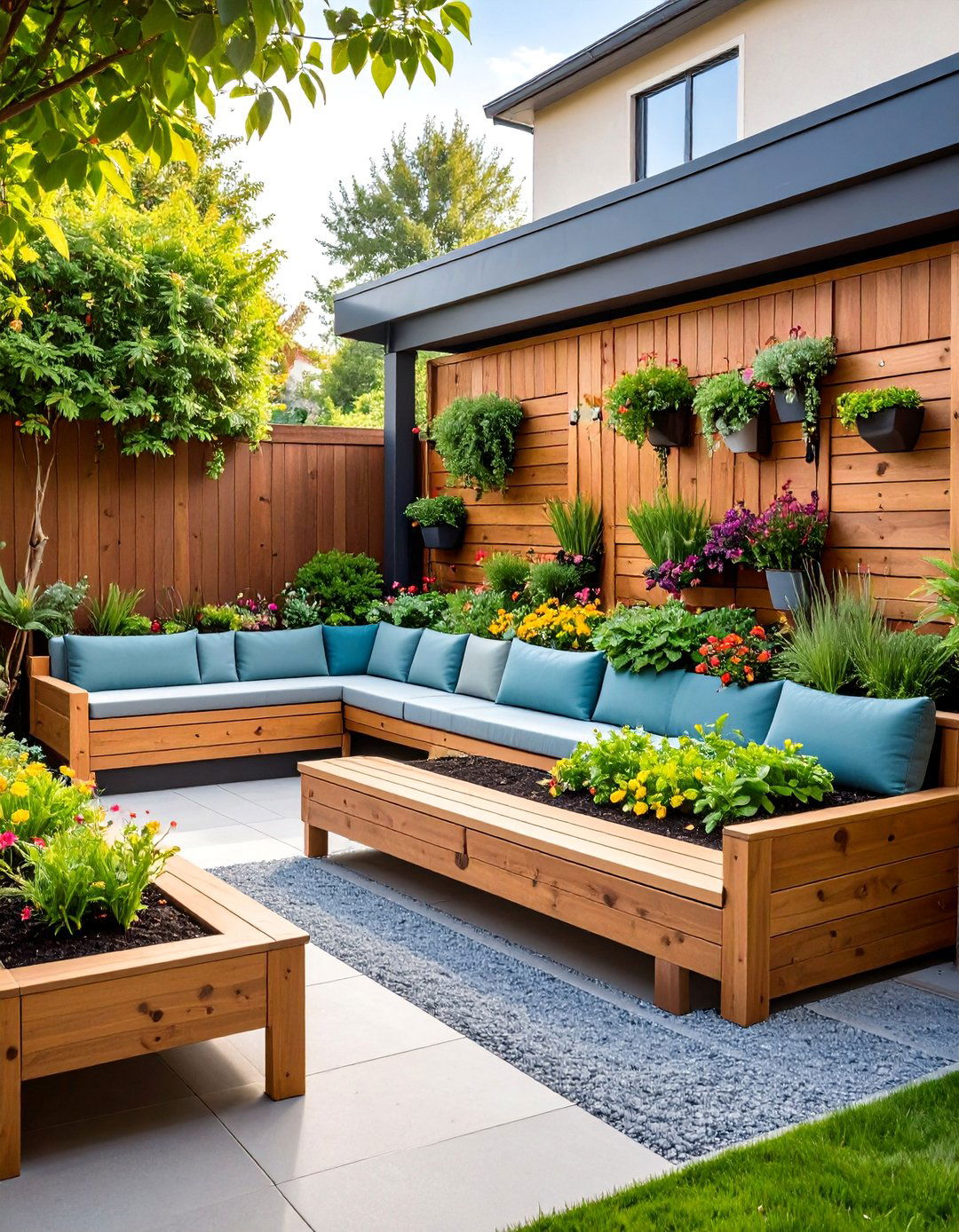
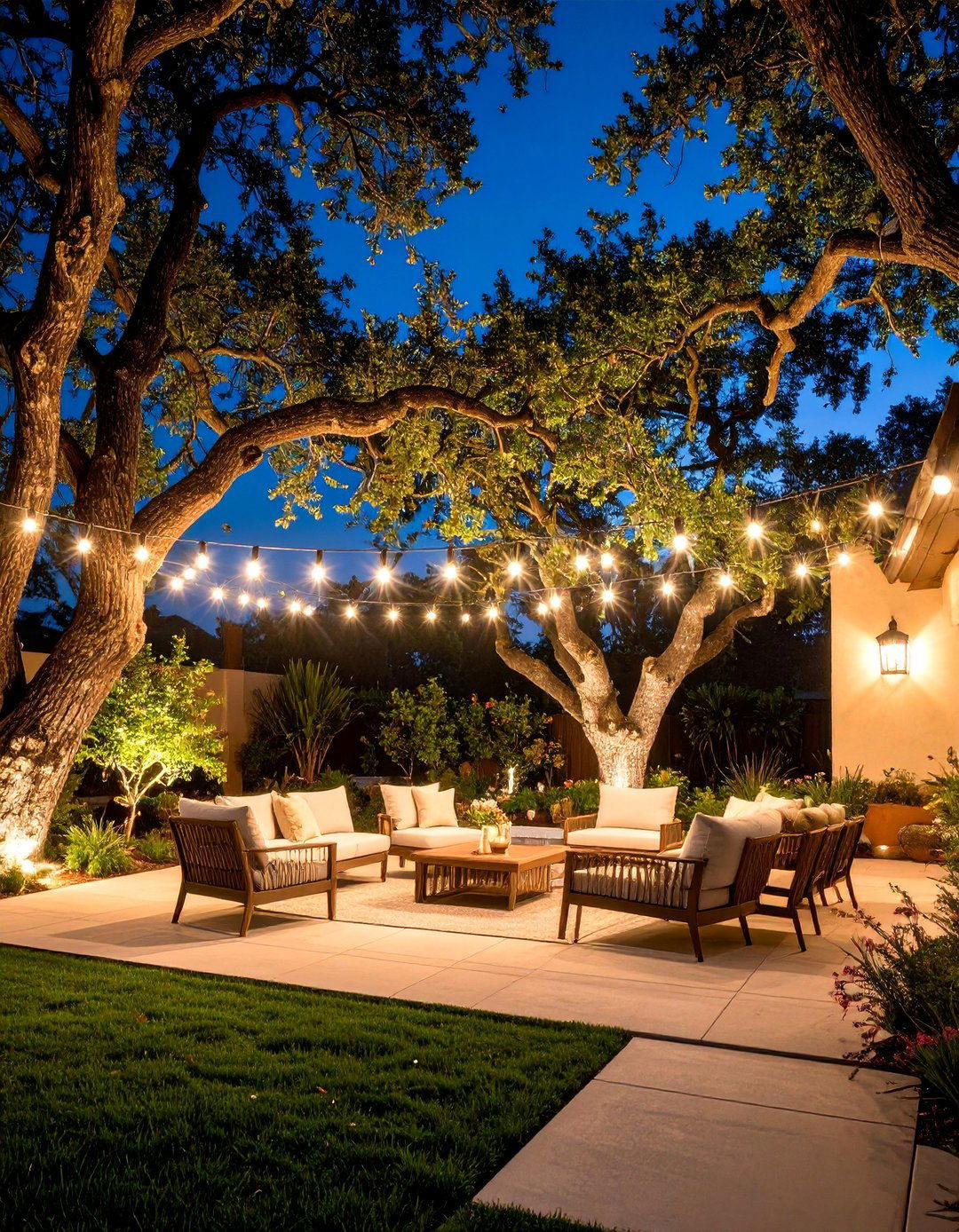

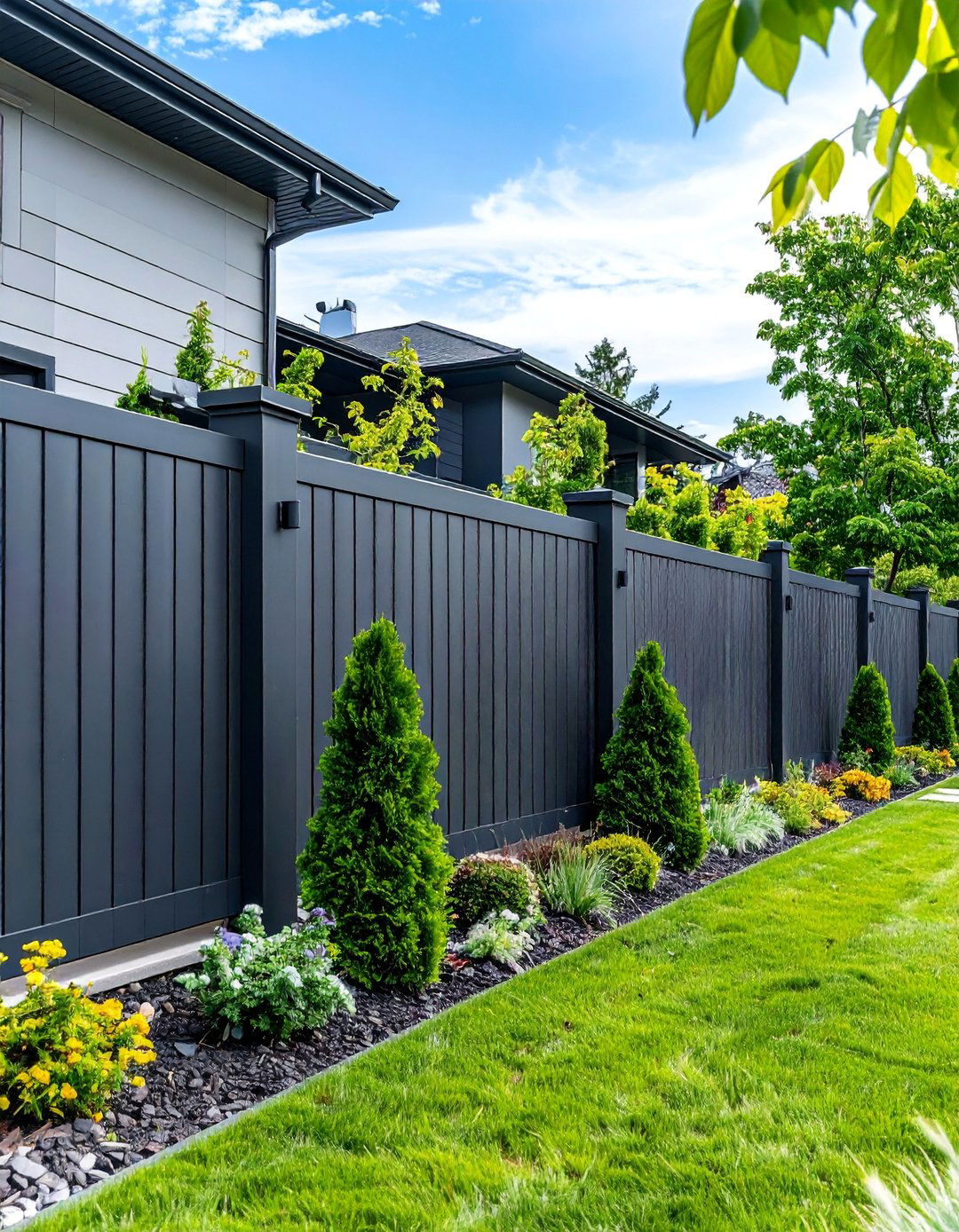

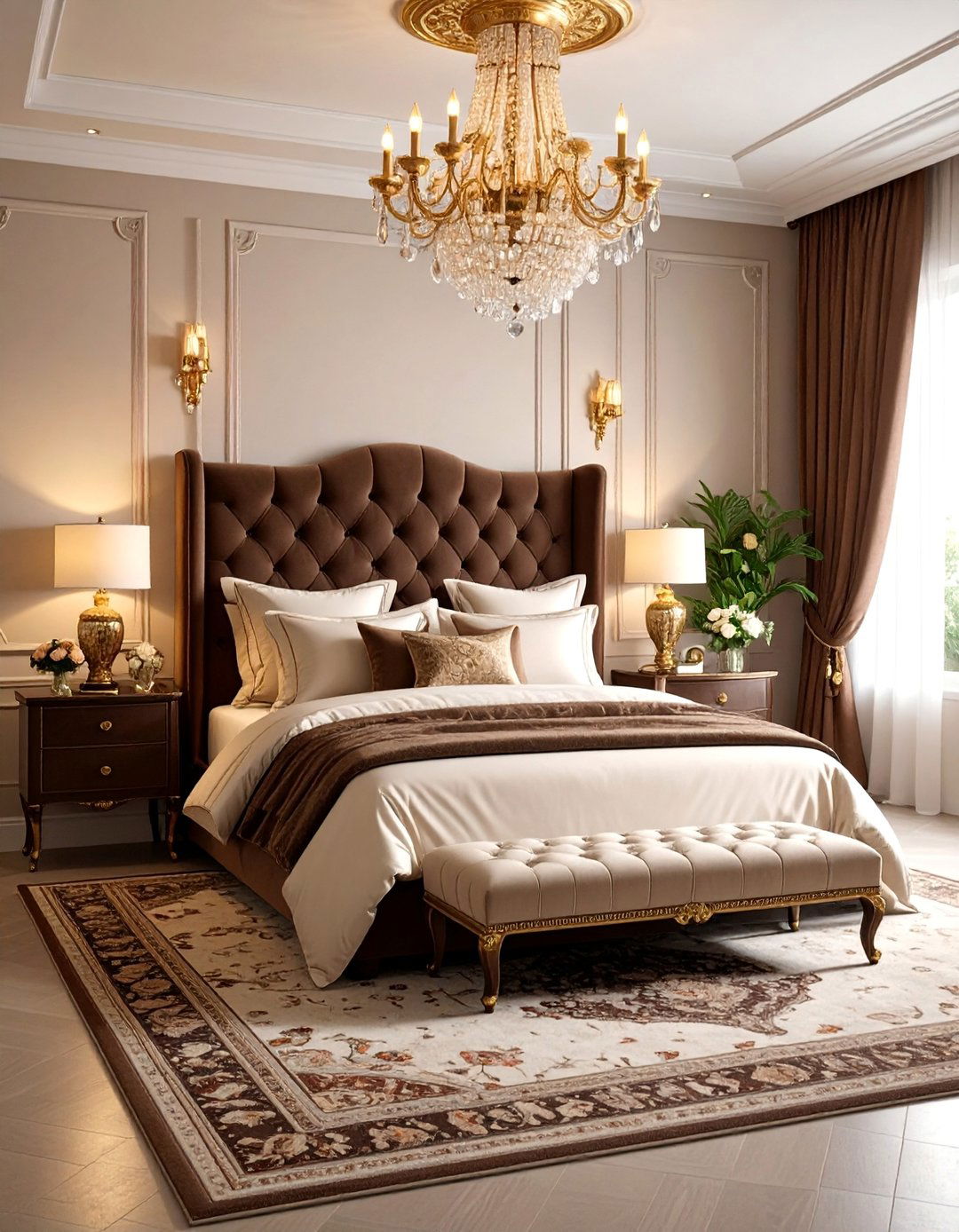
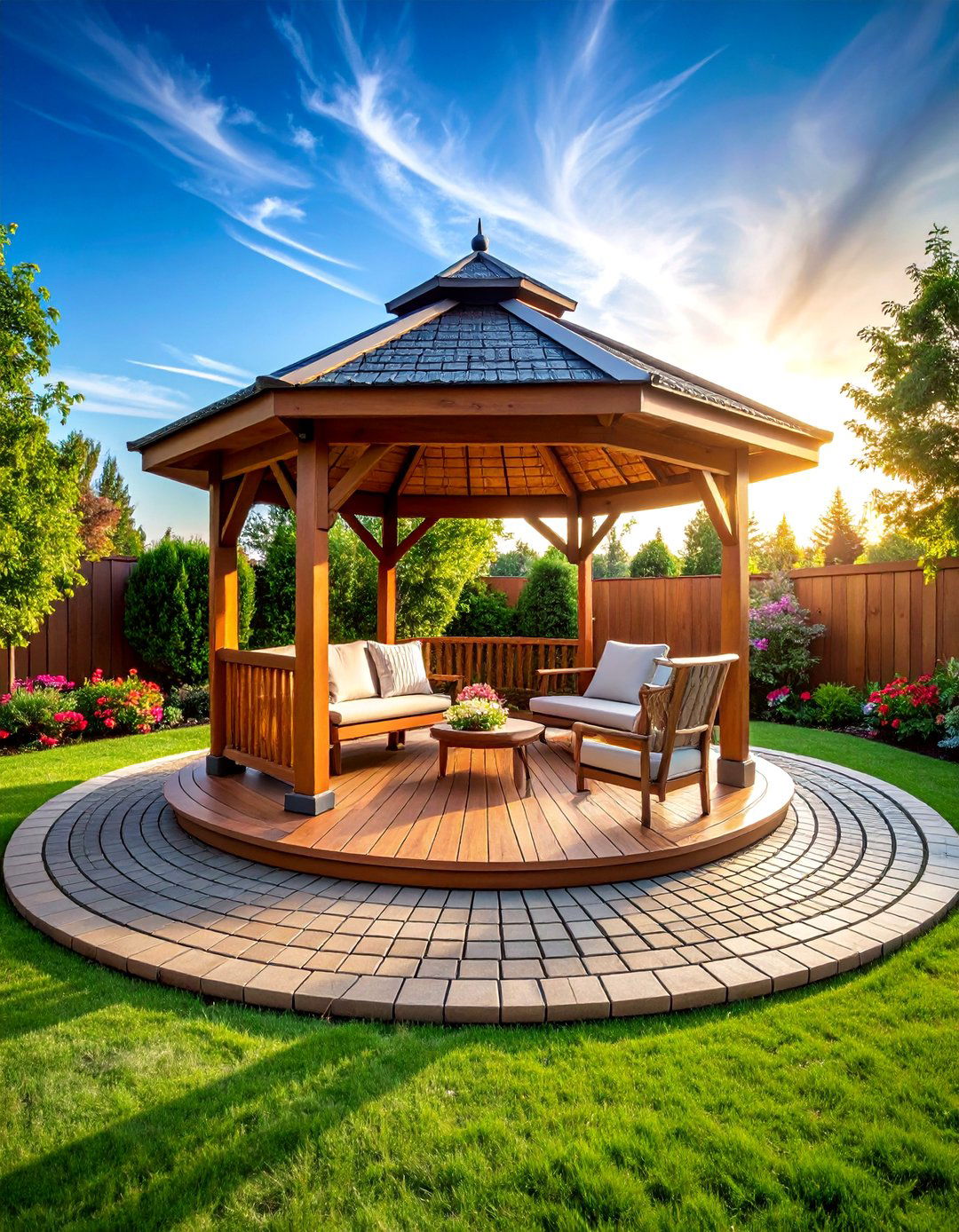

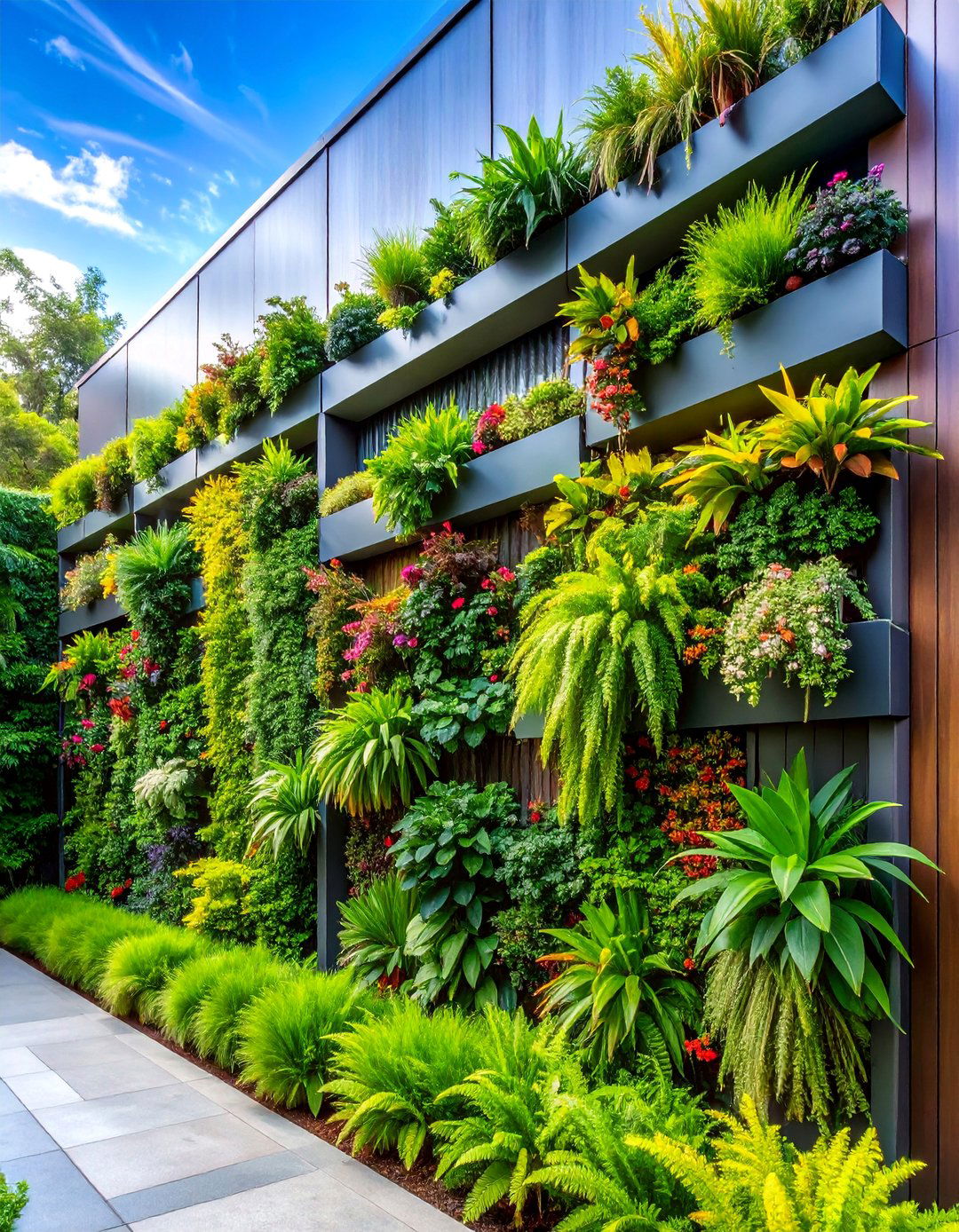
Leave a Reply